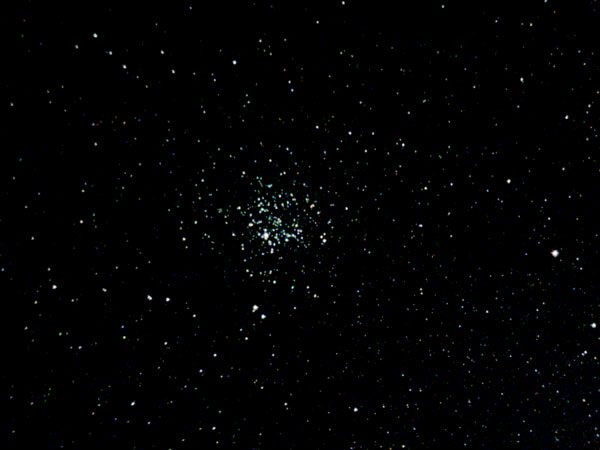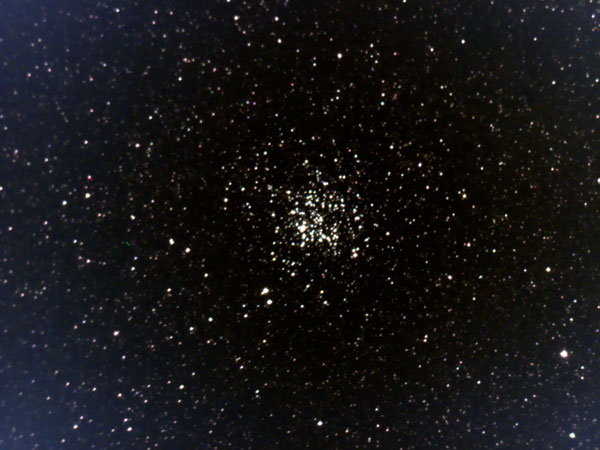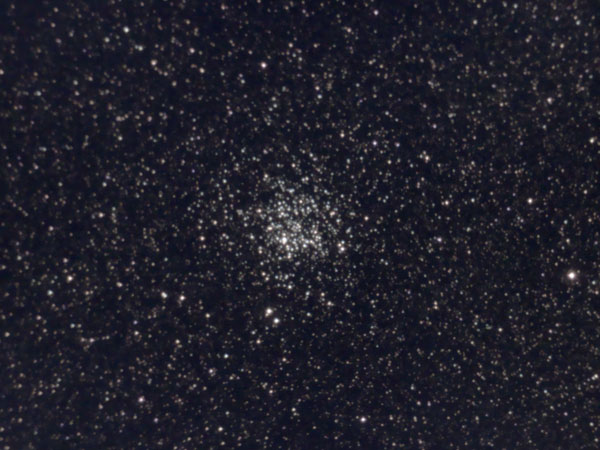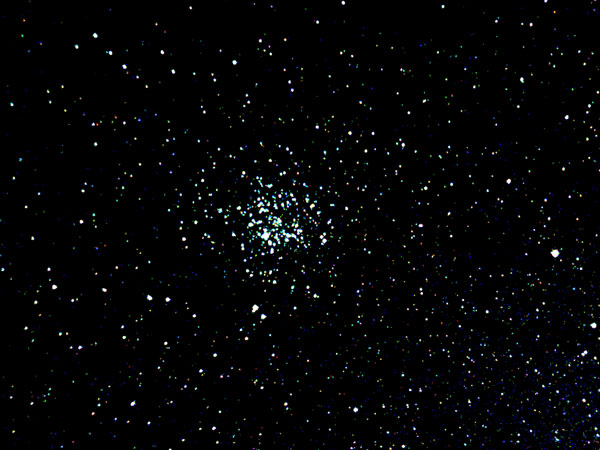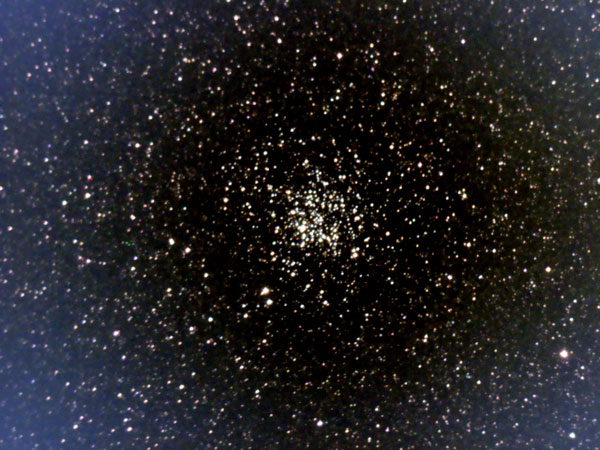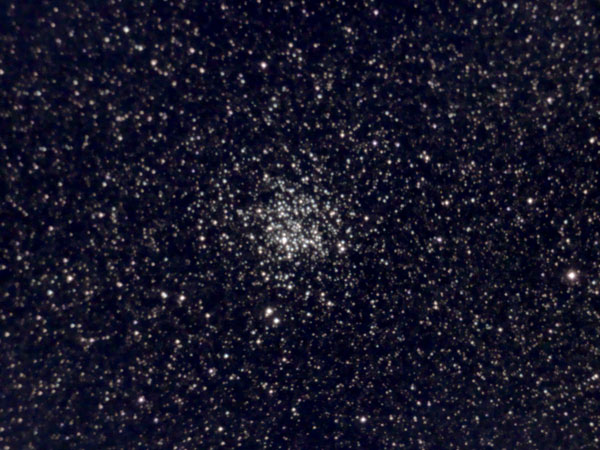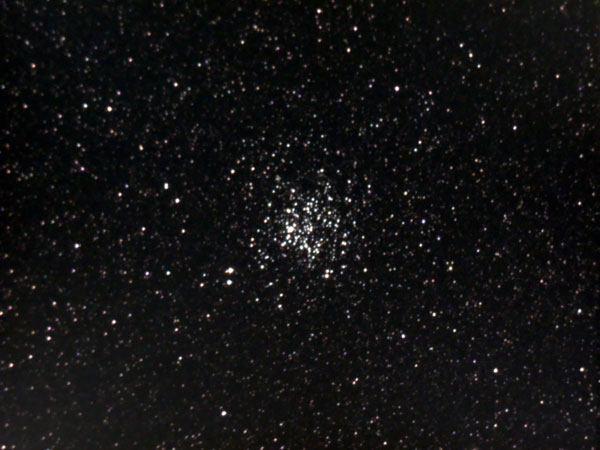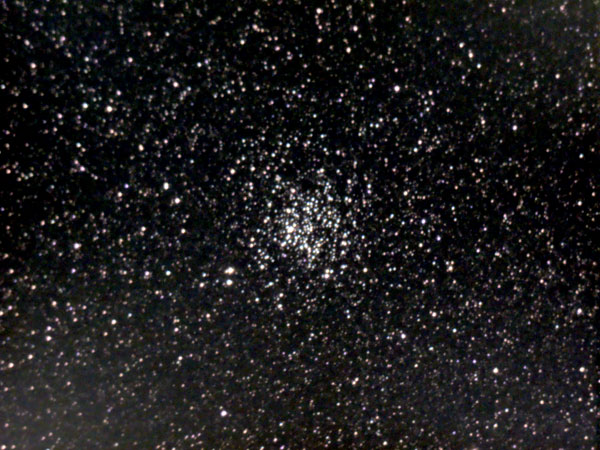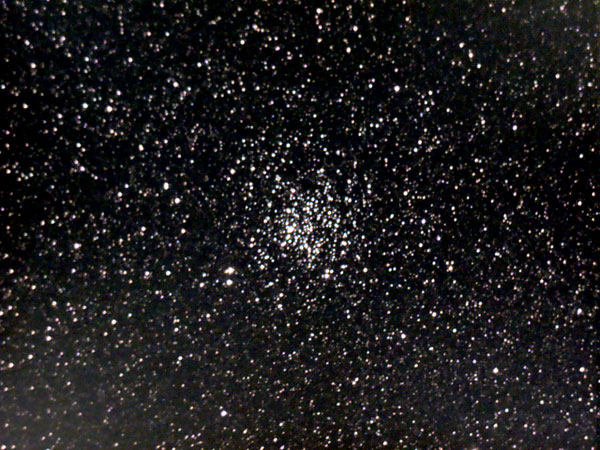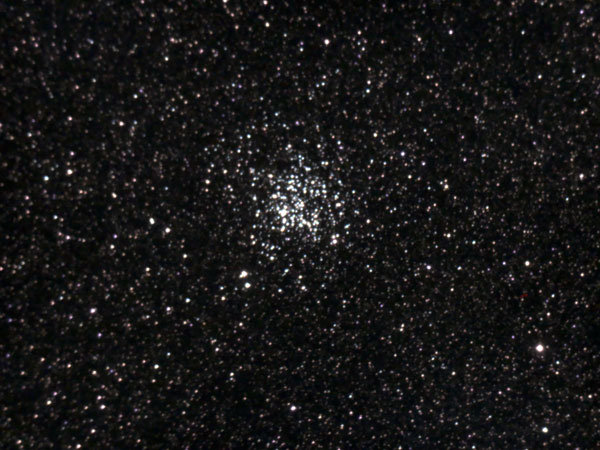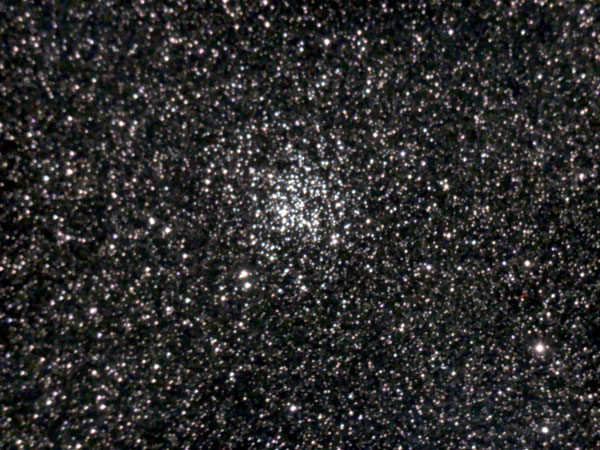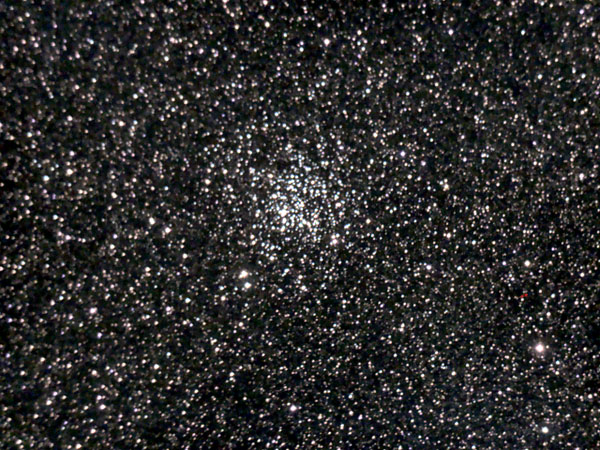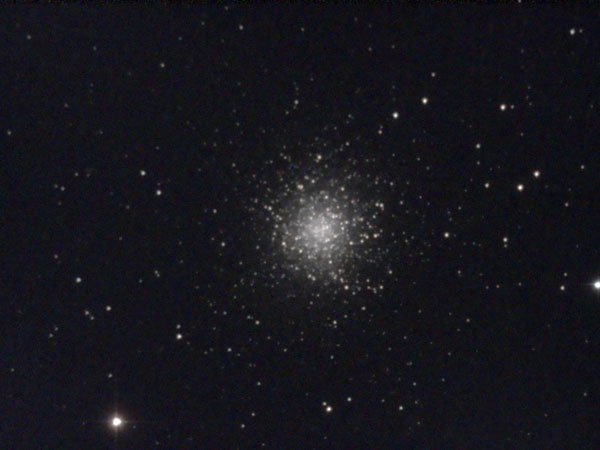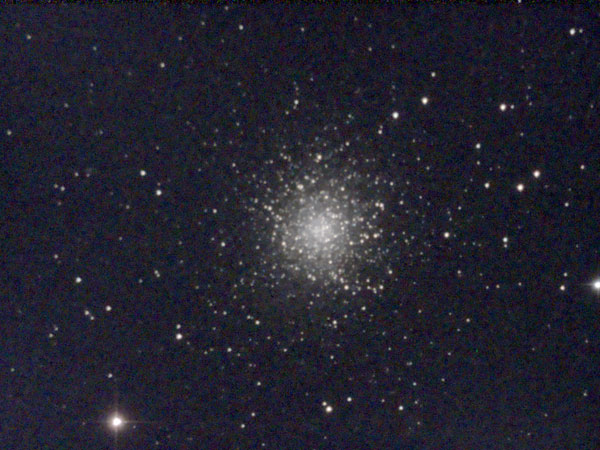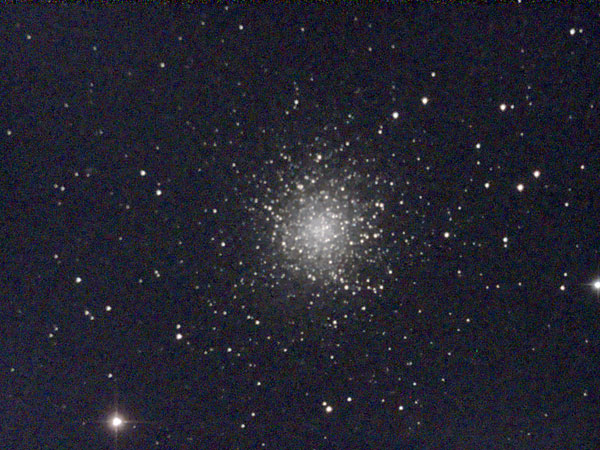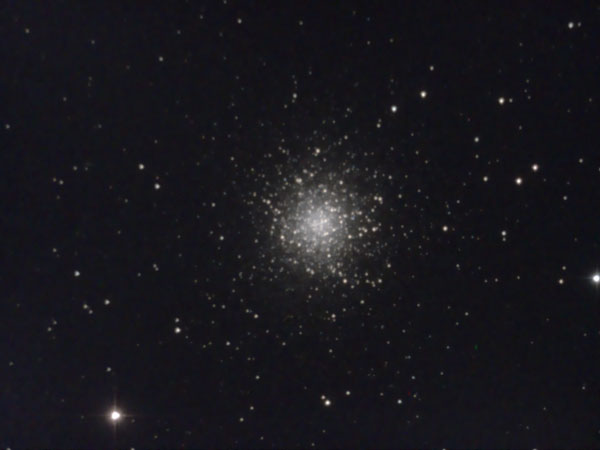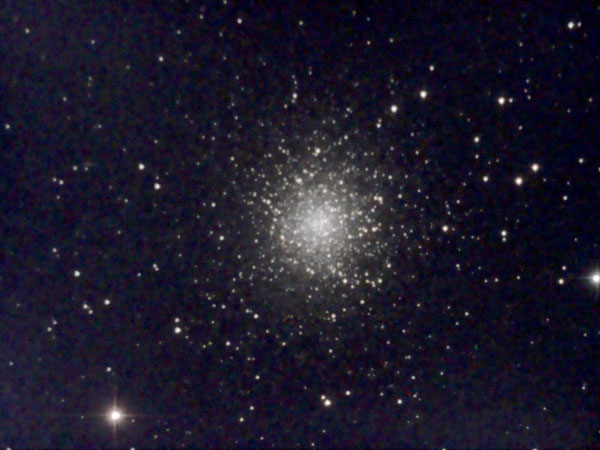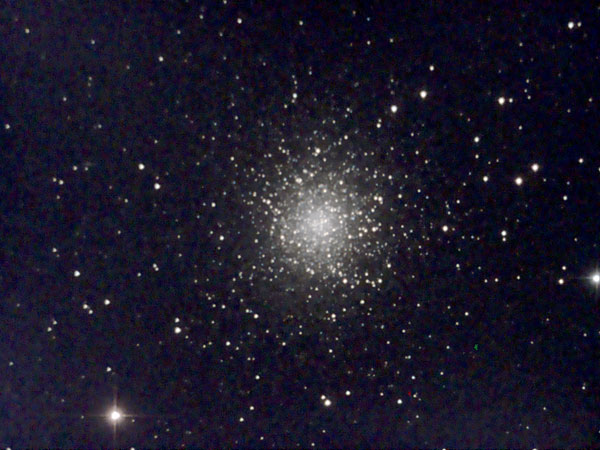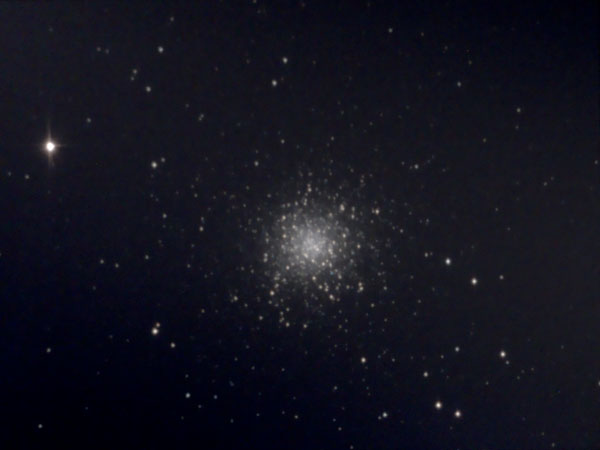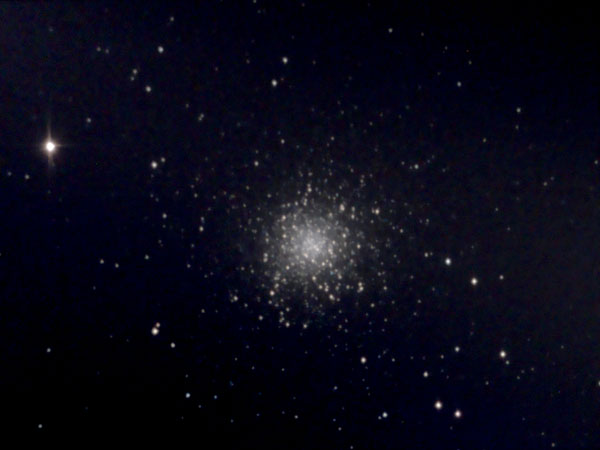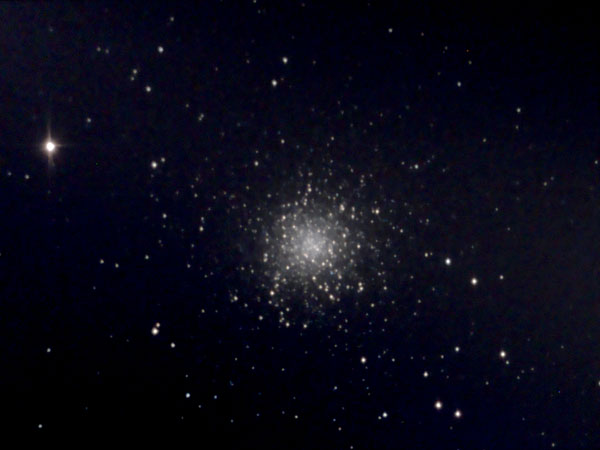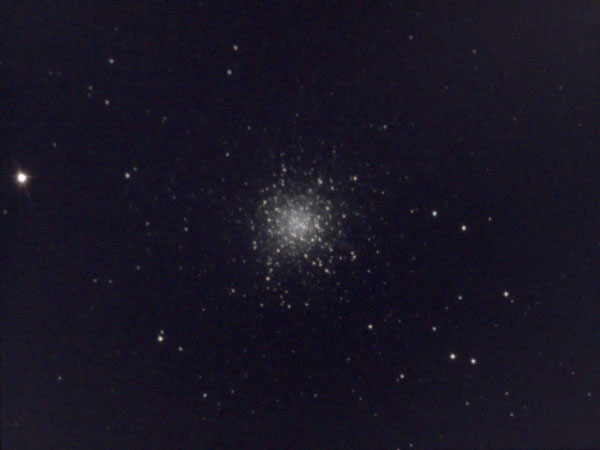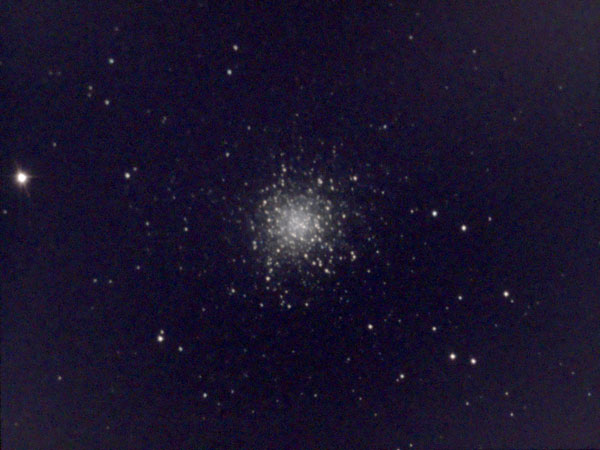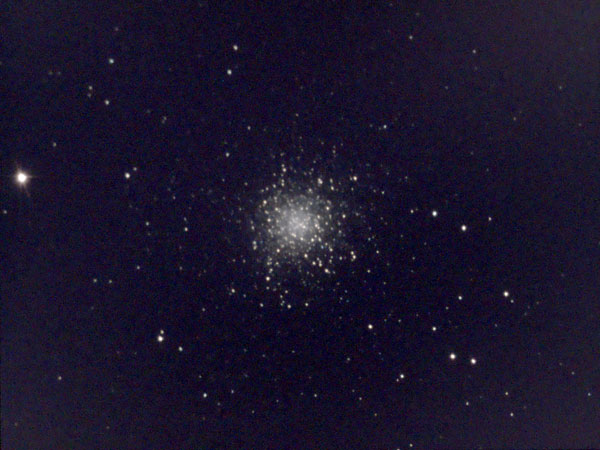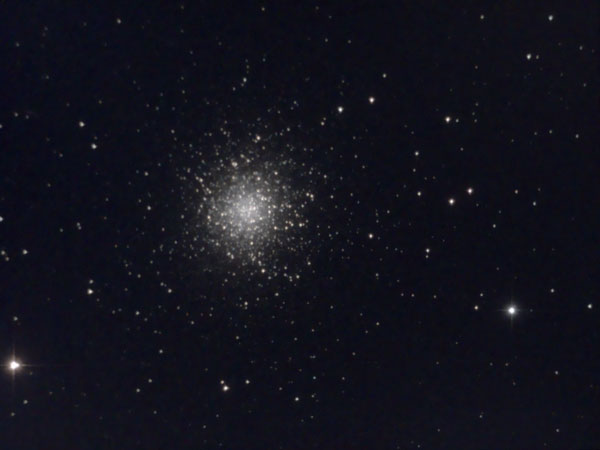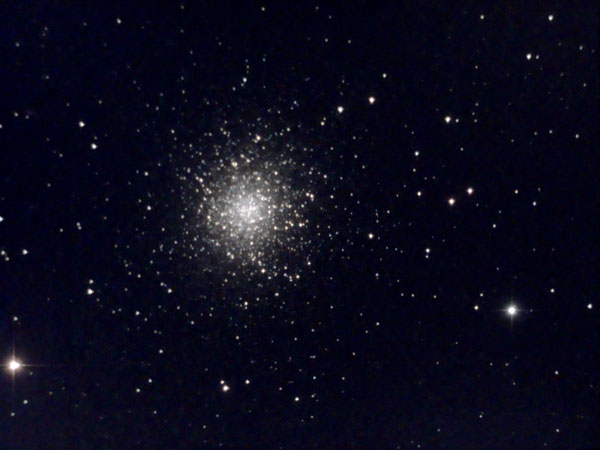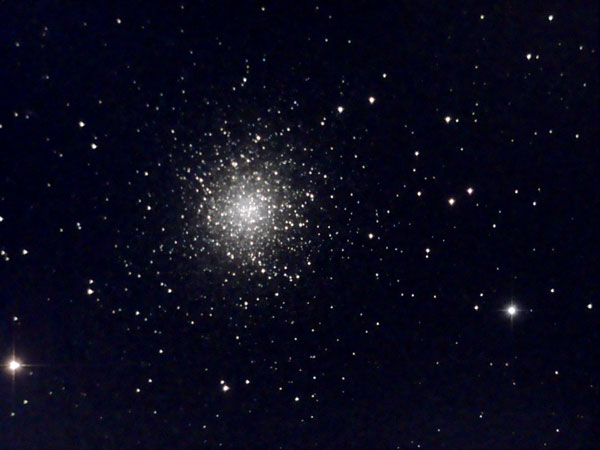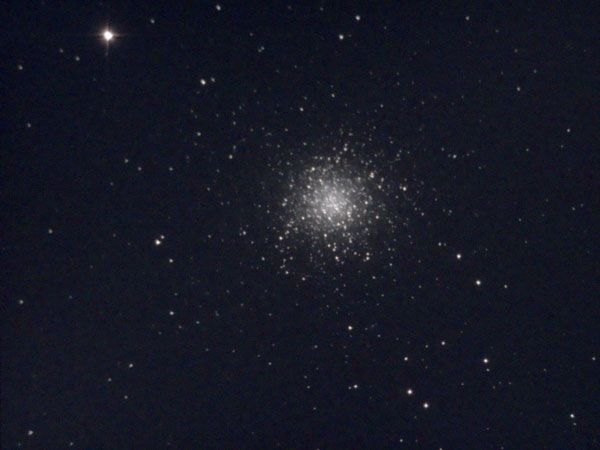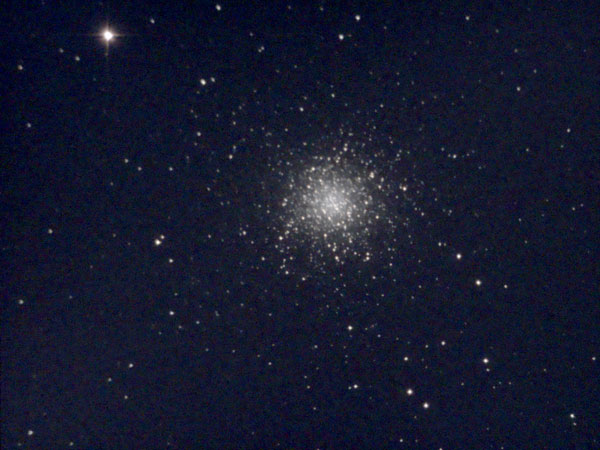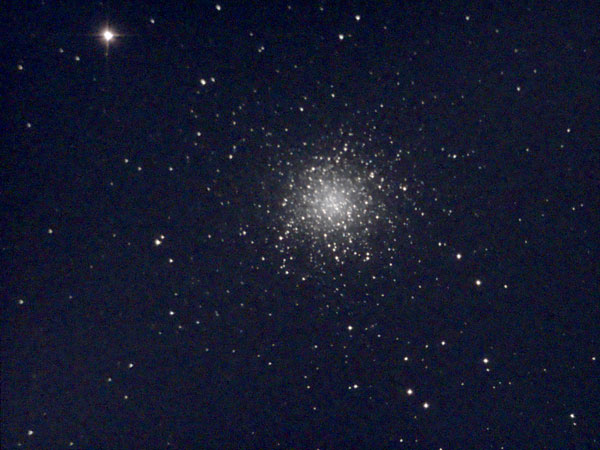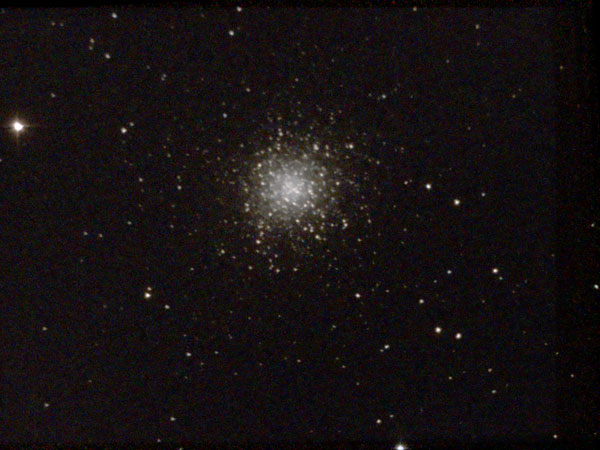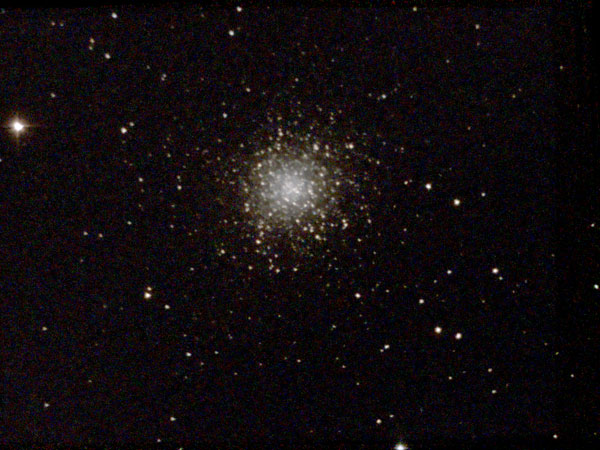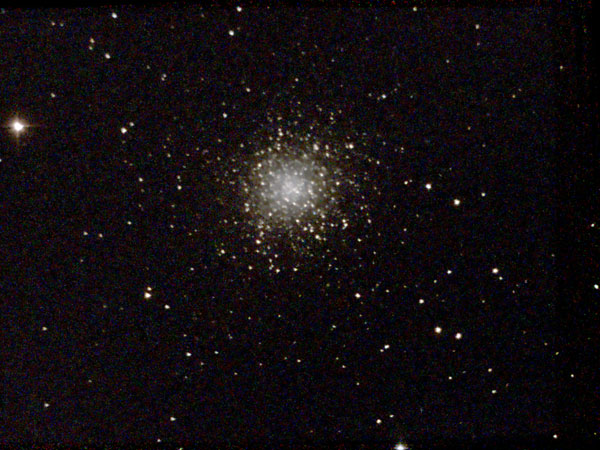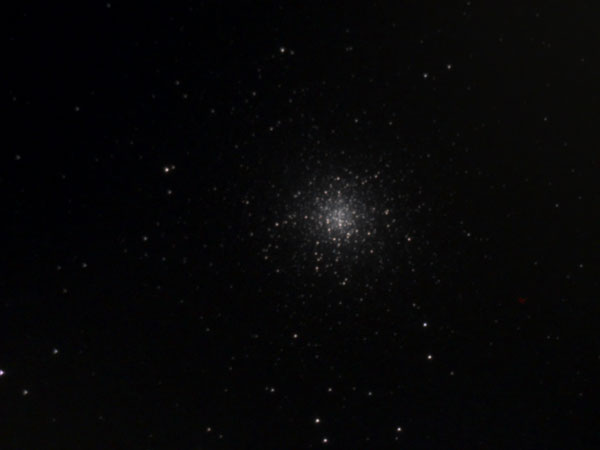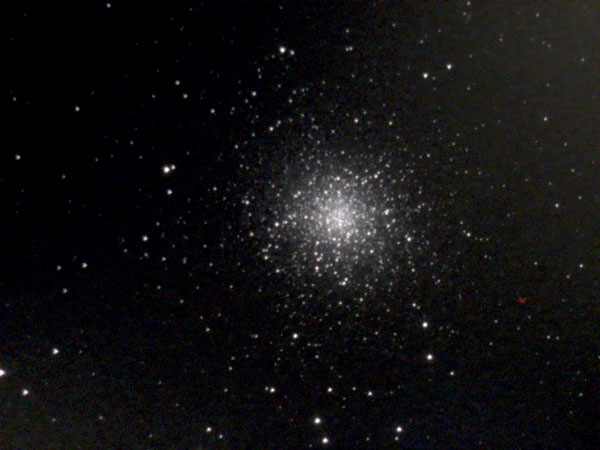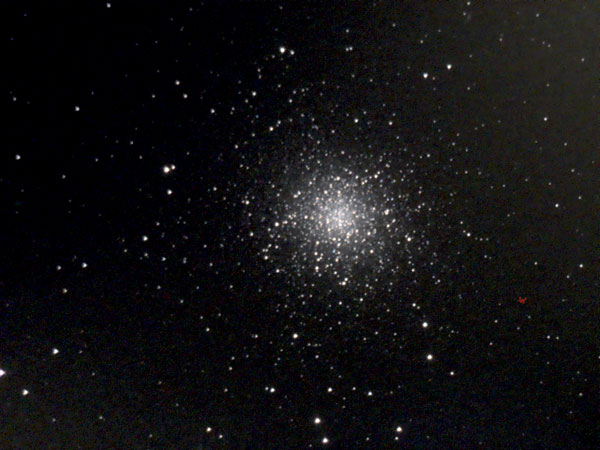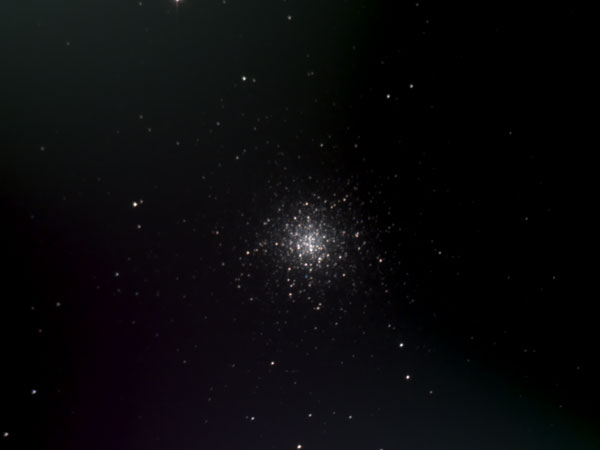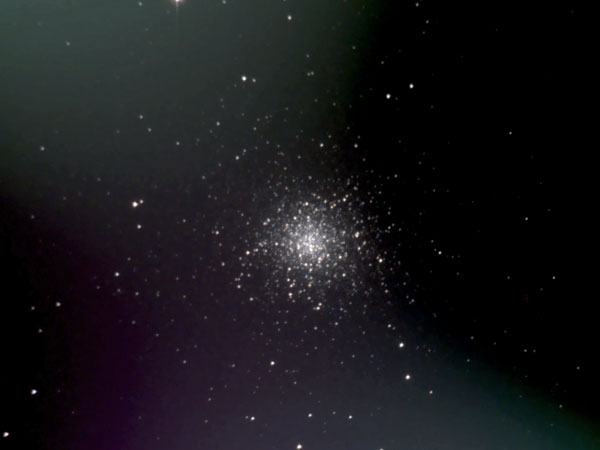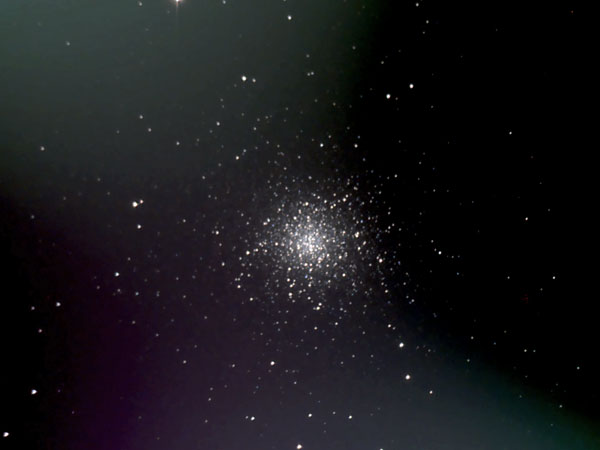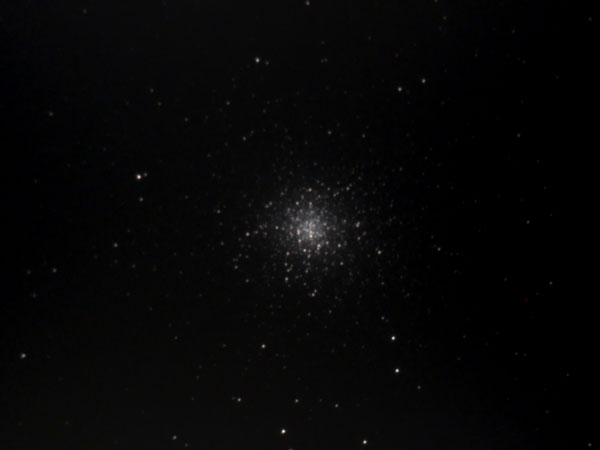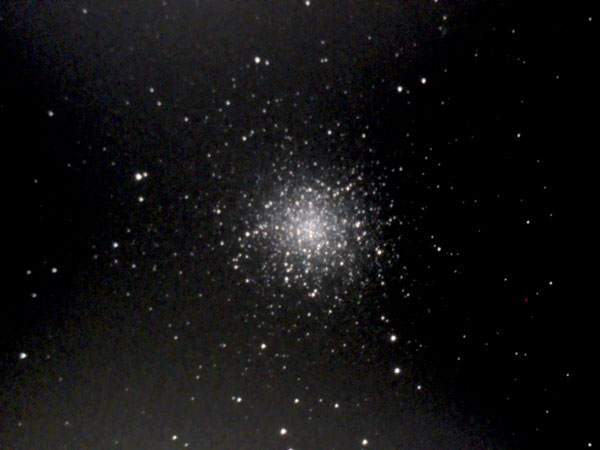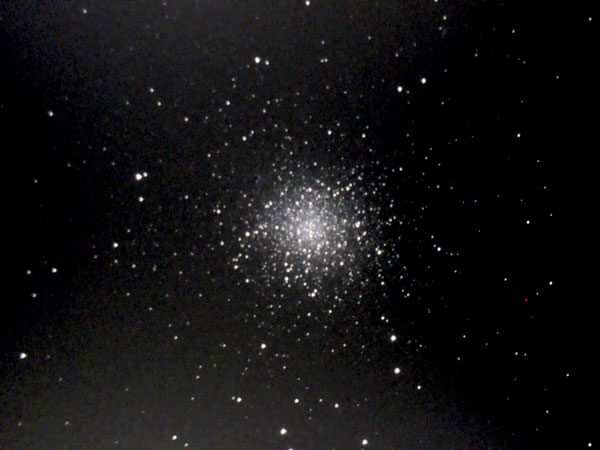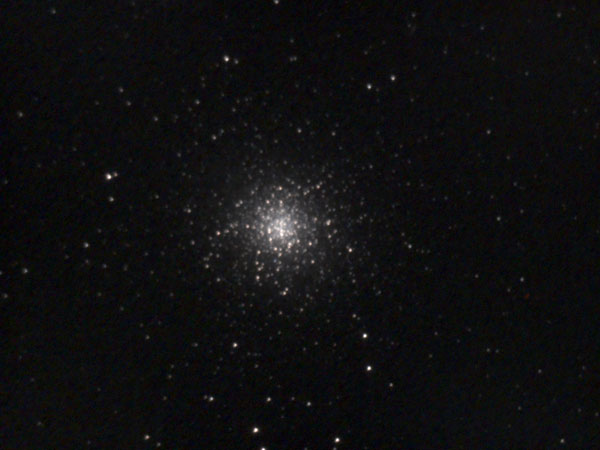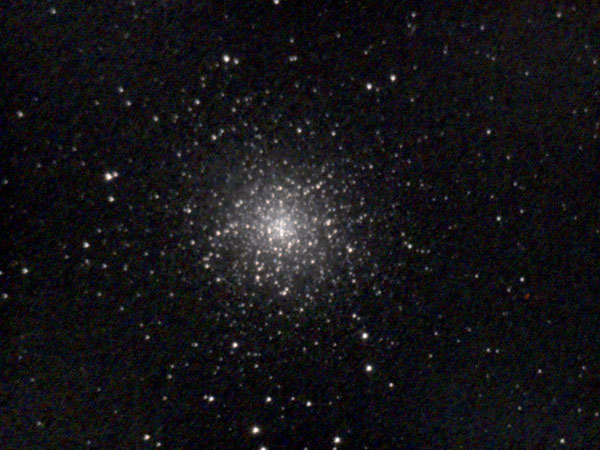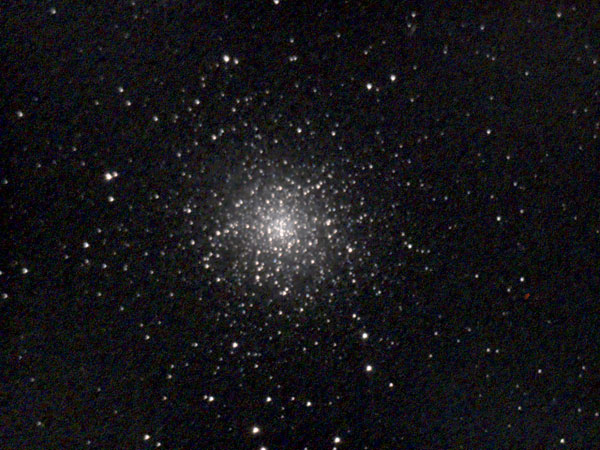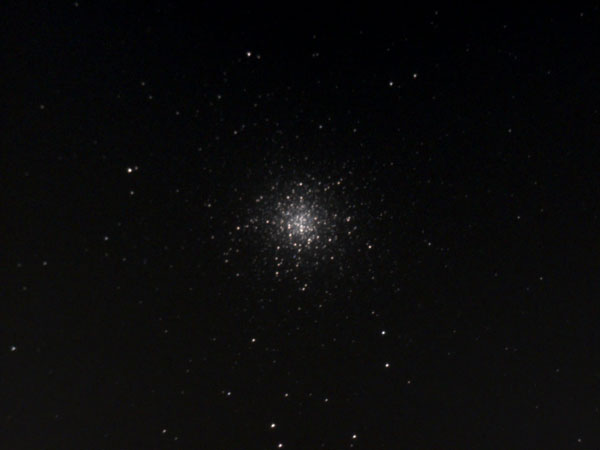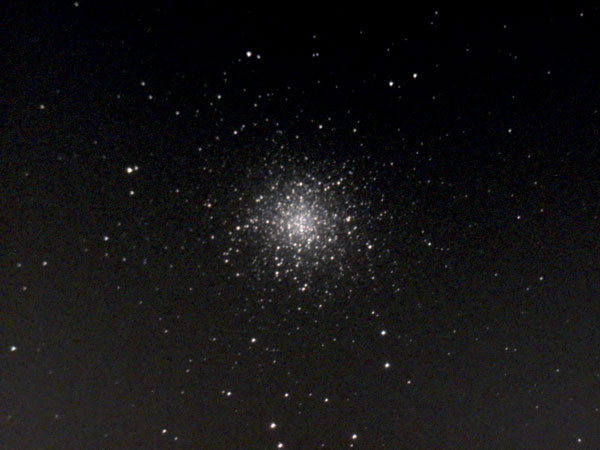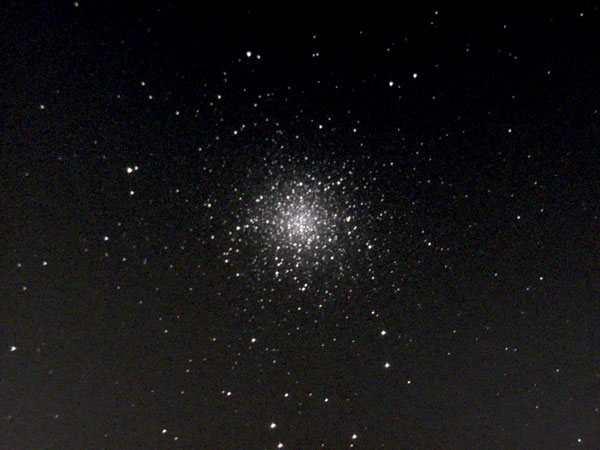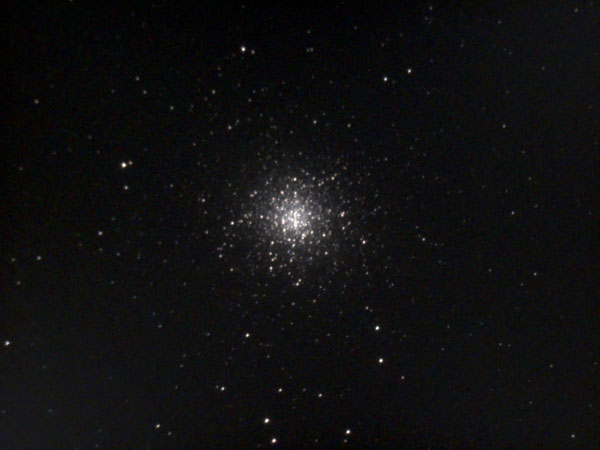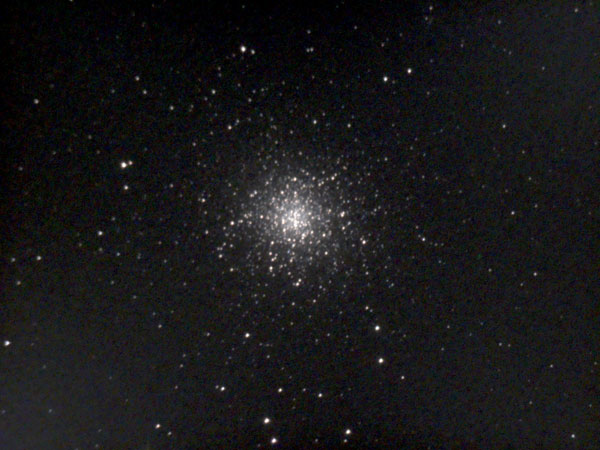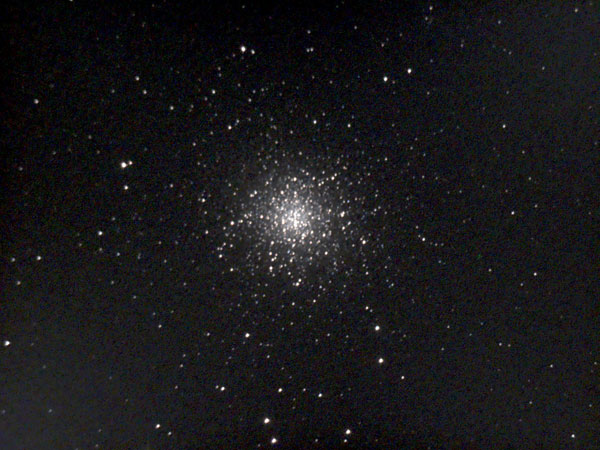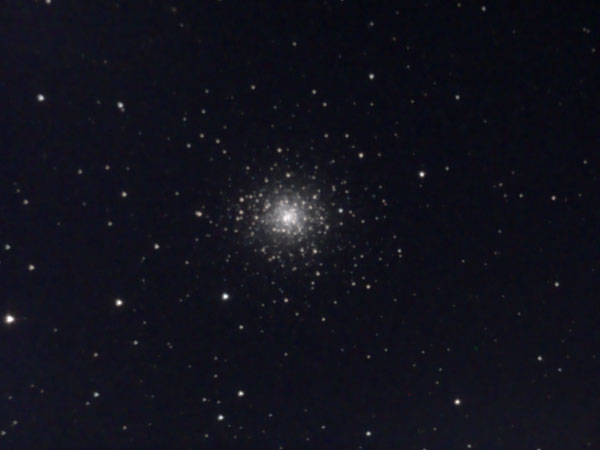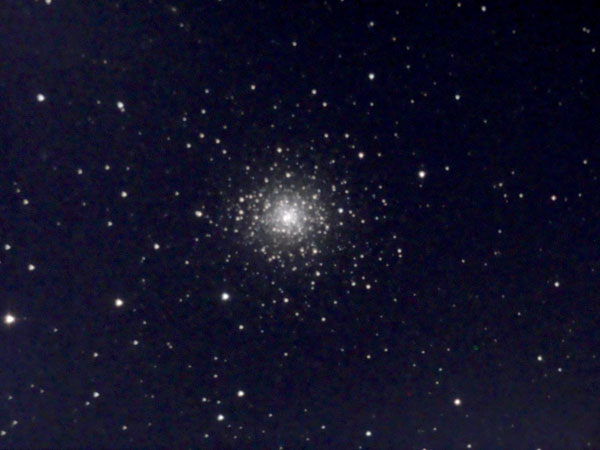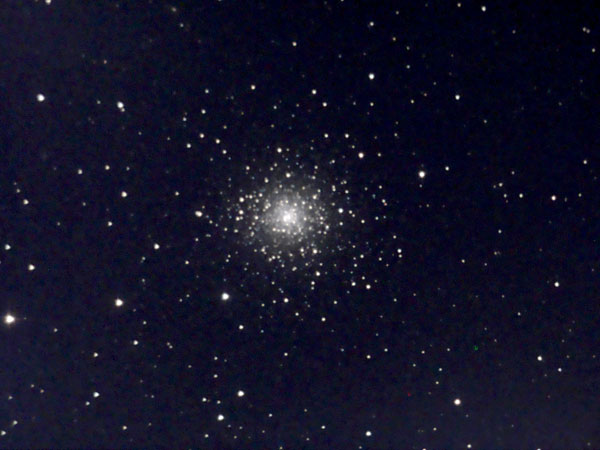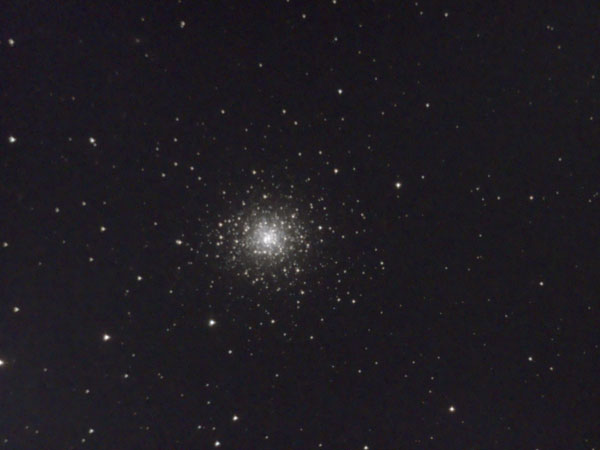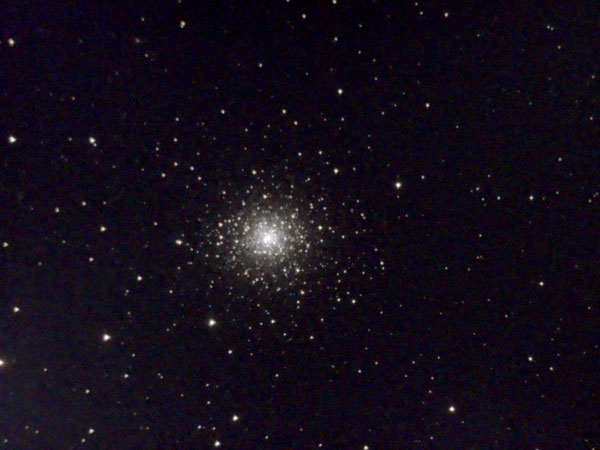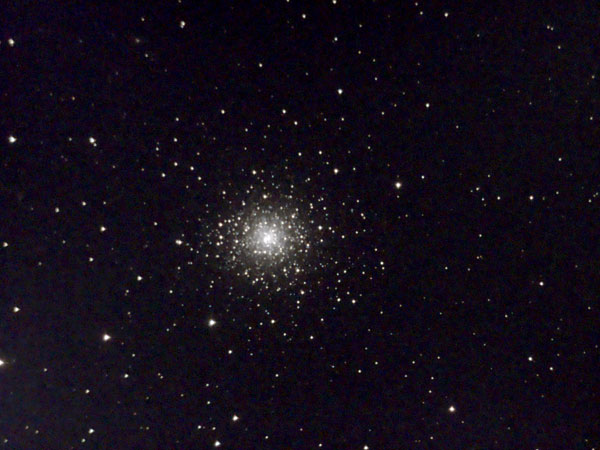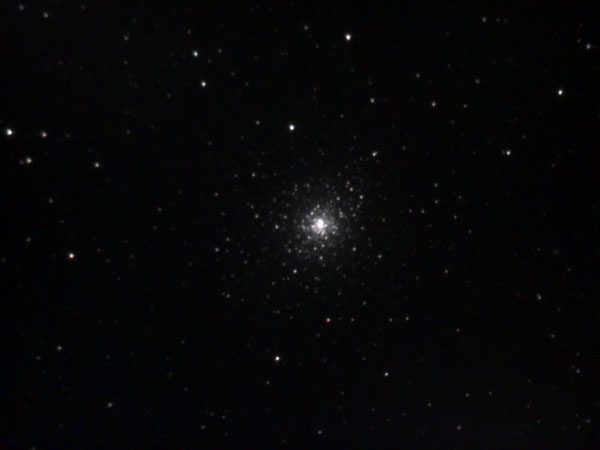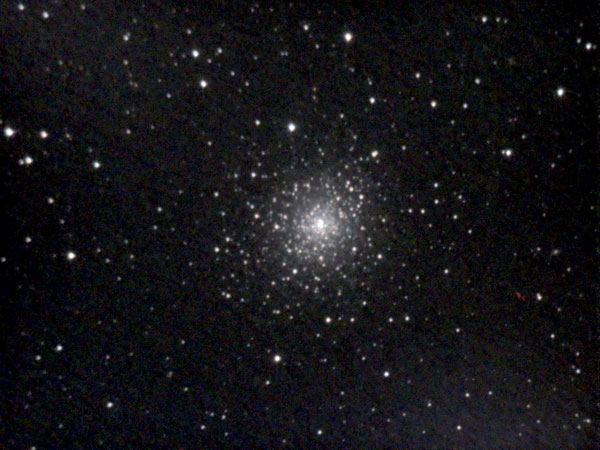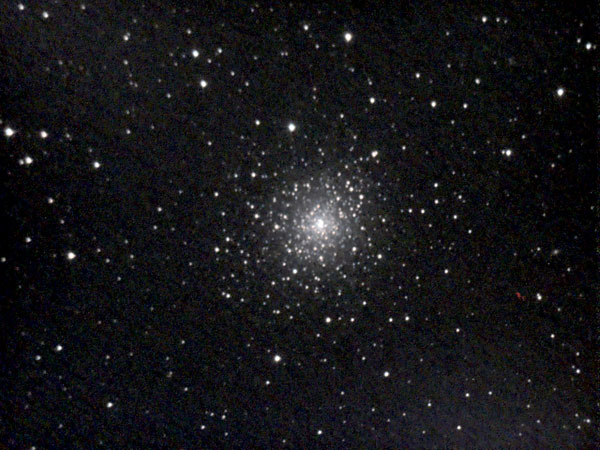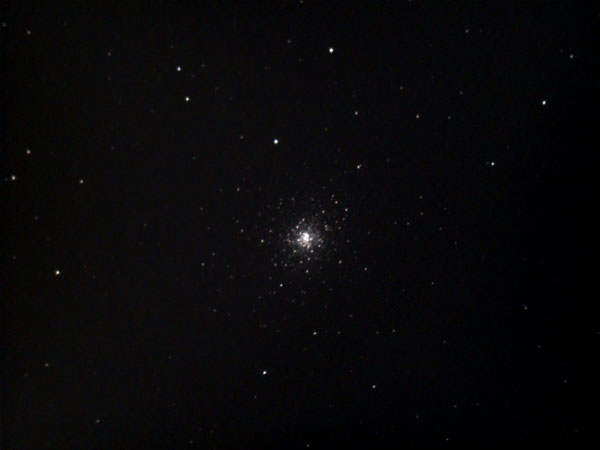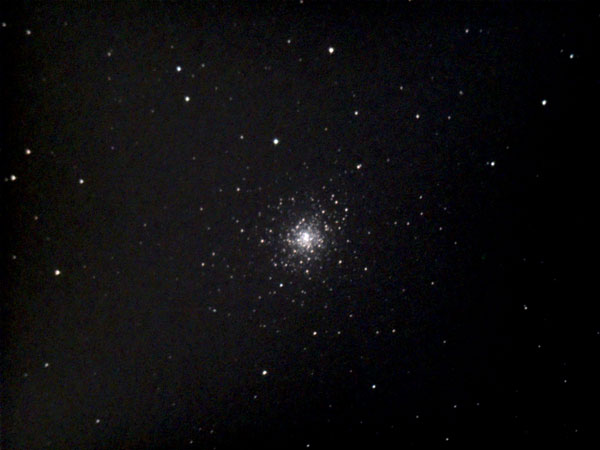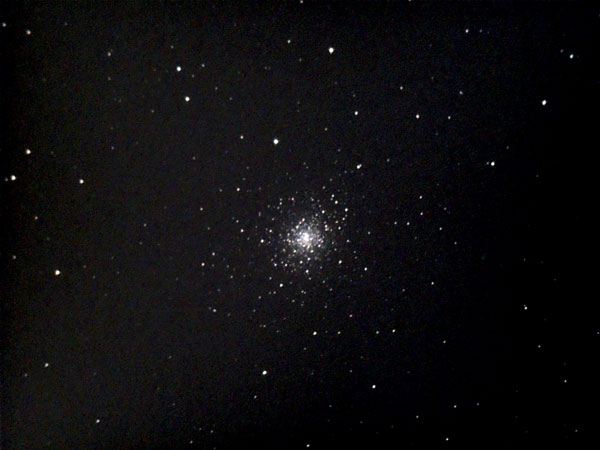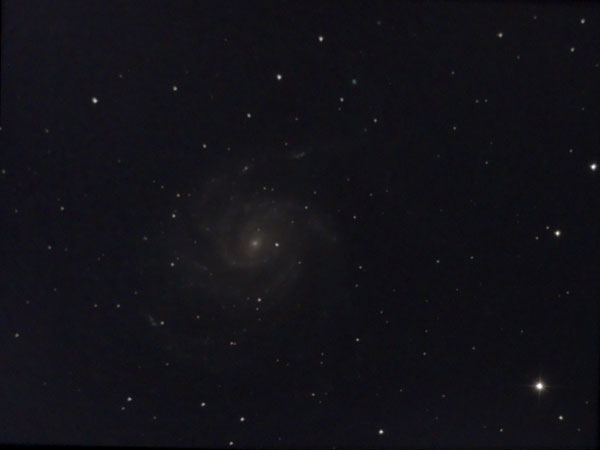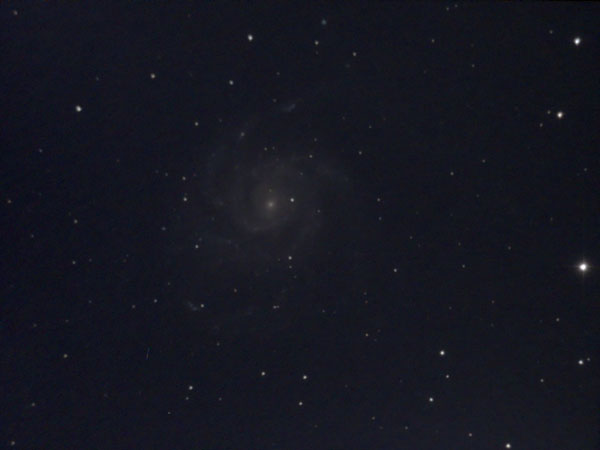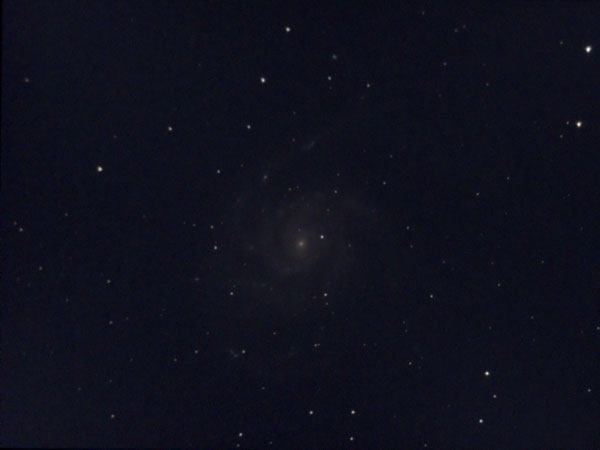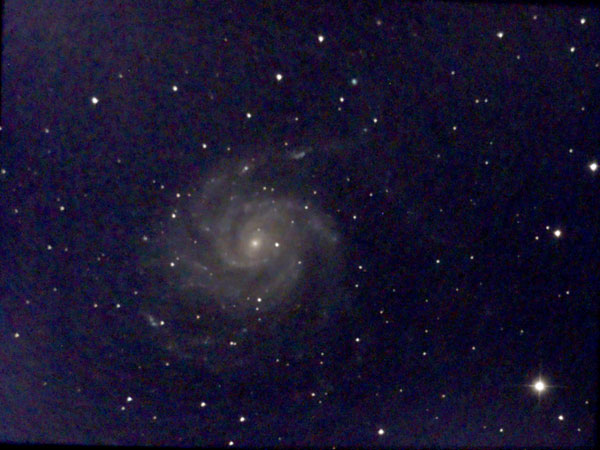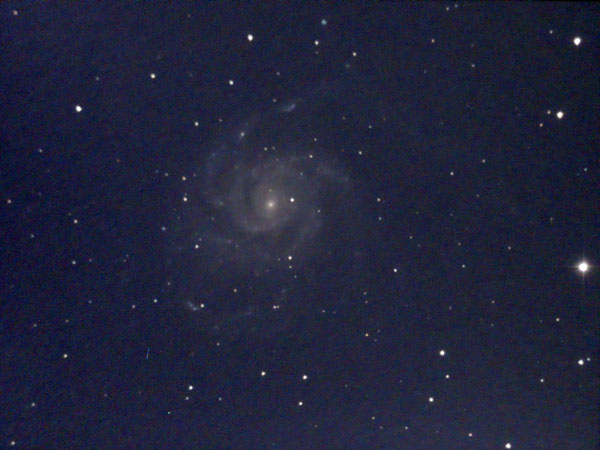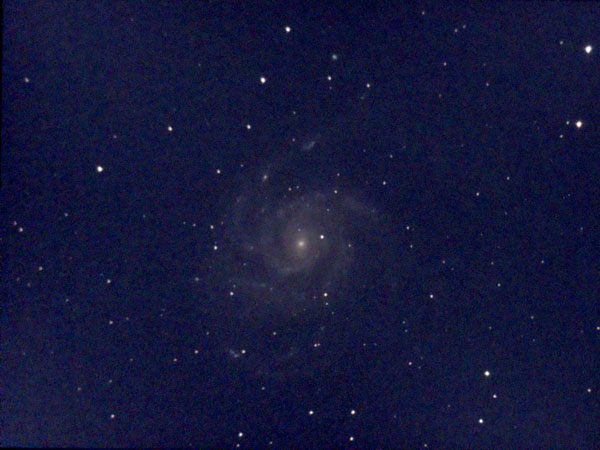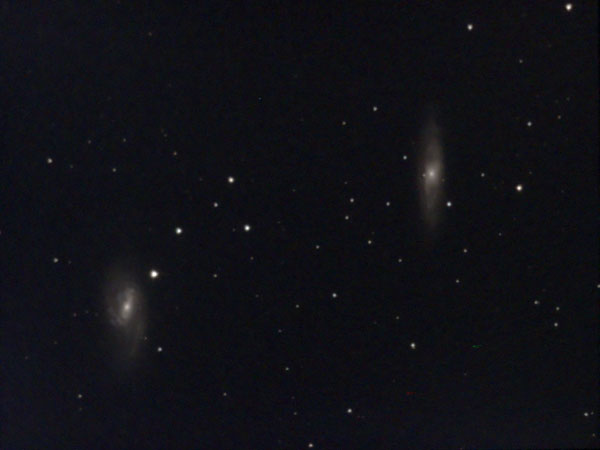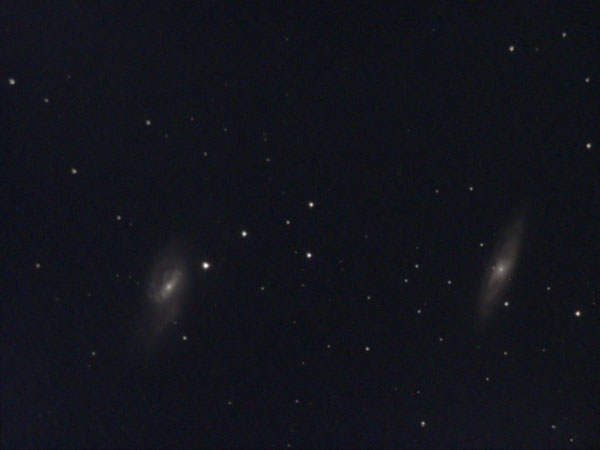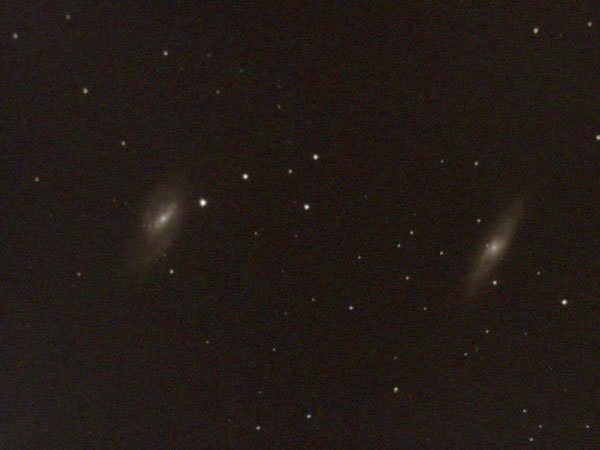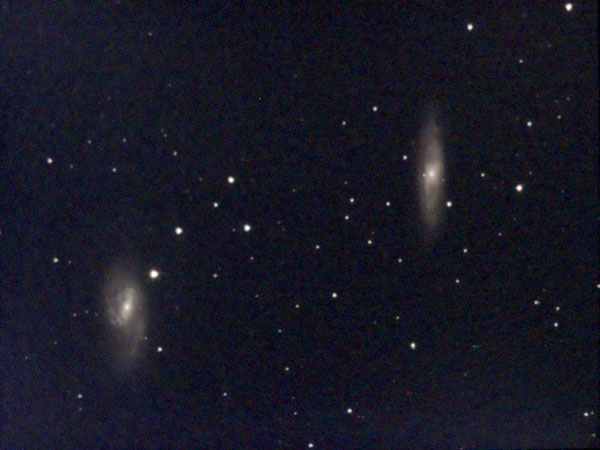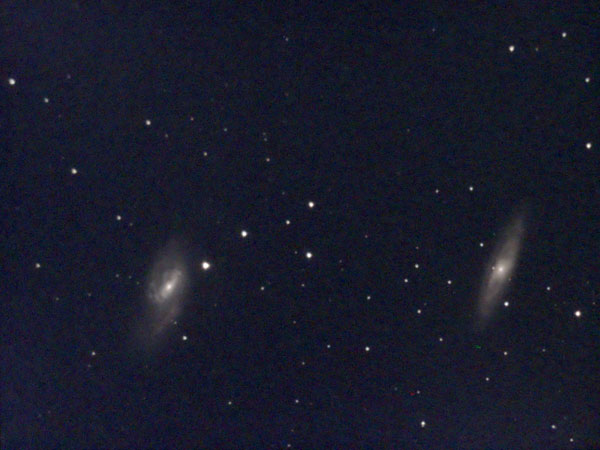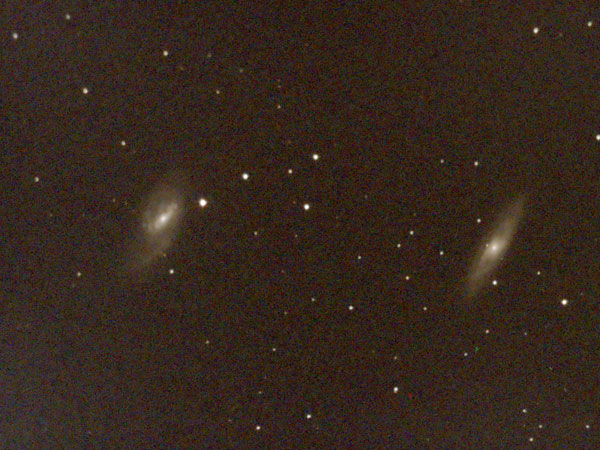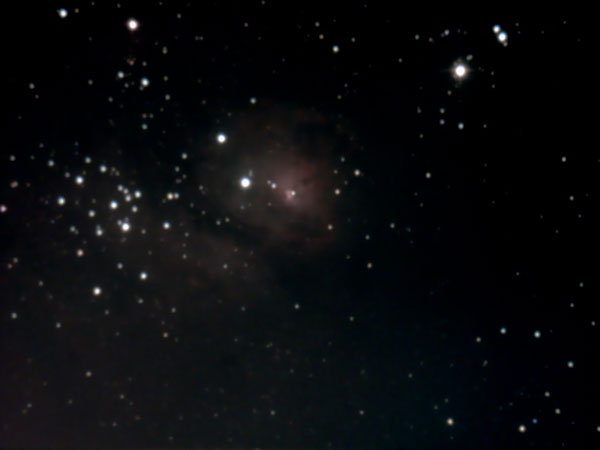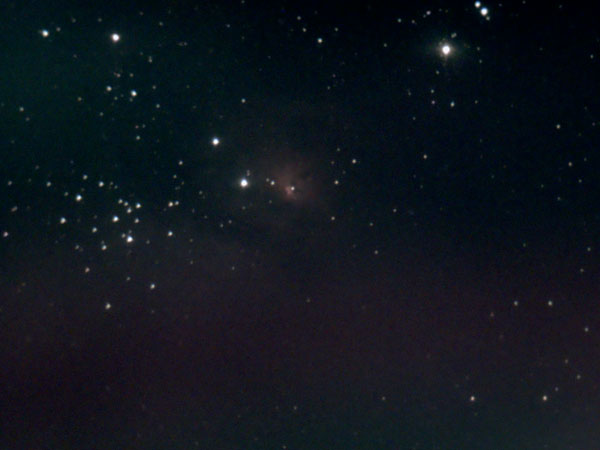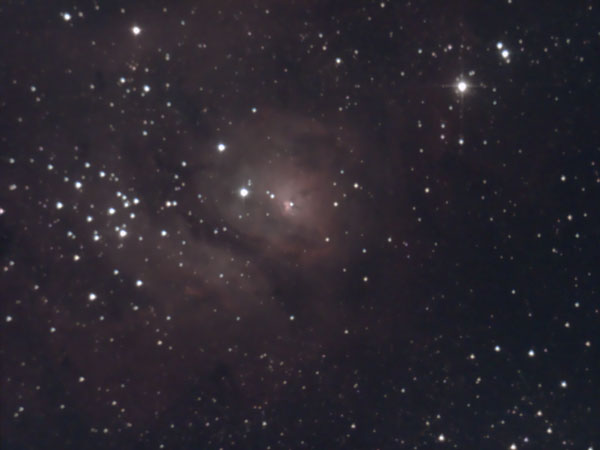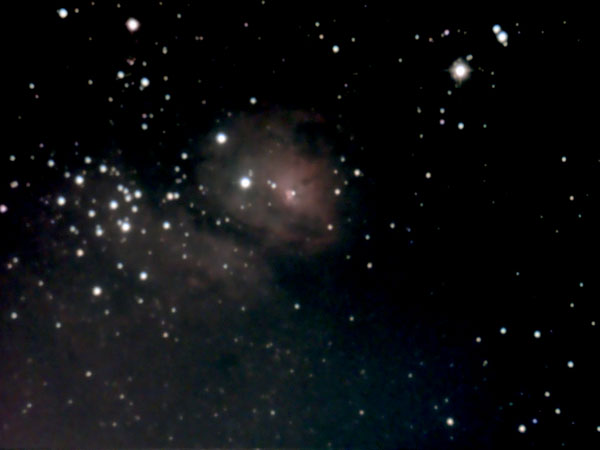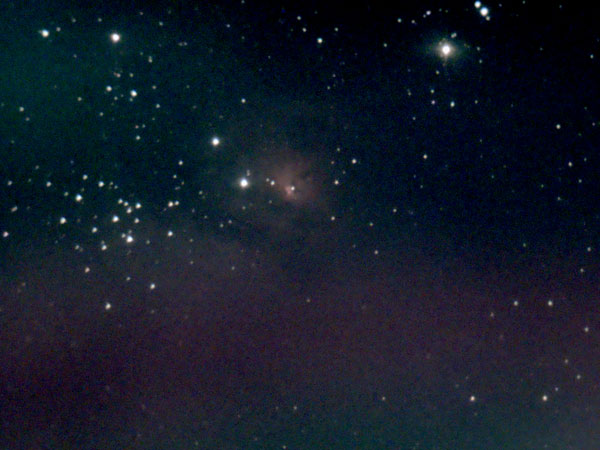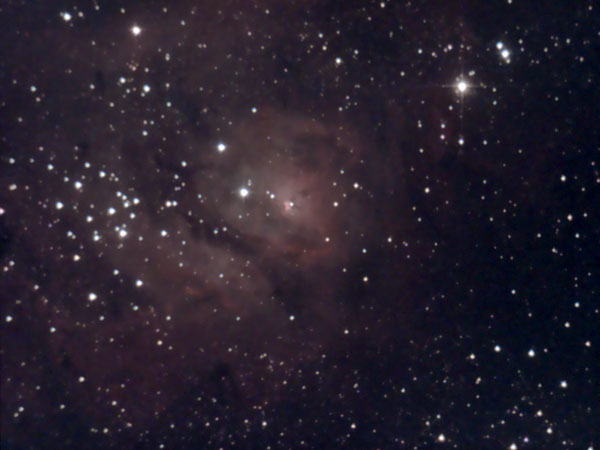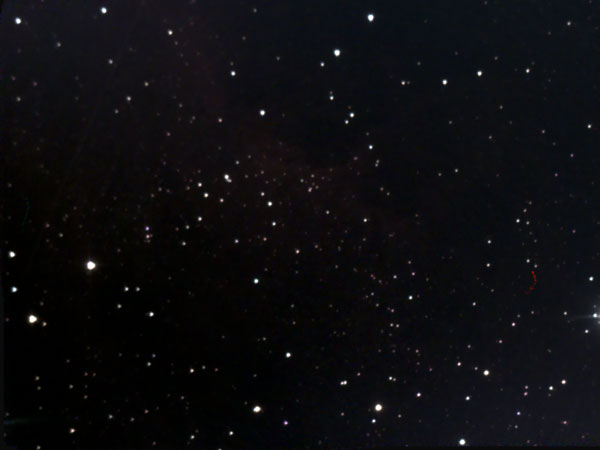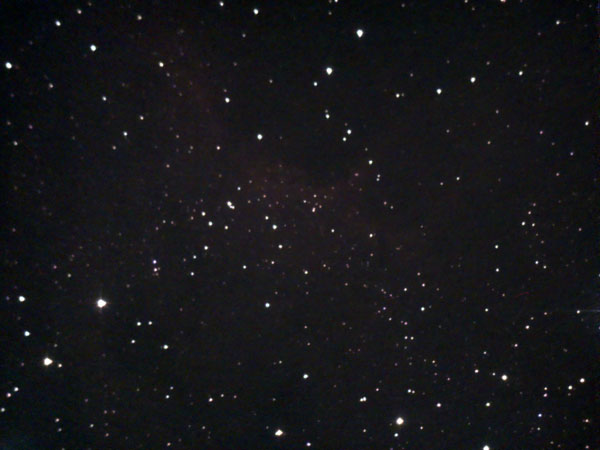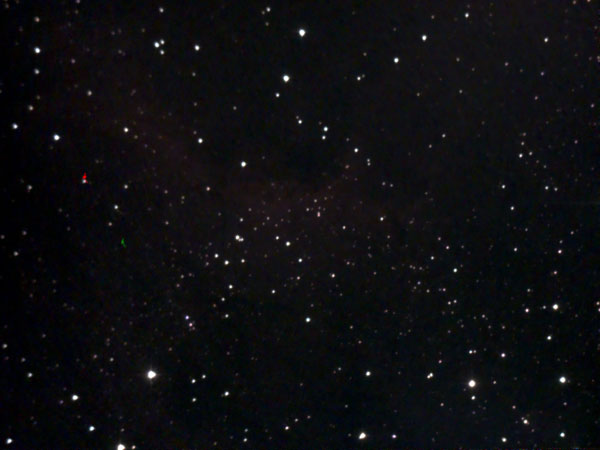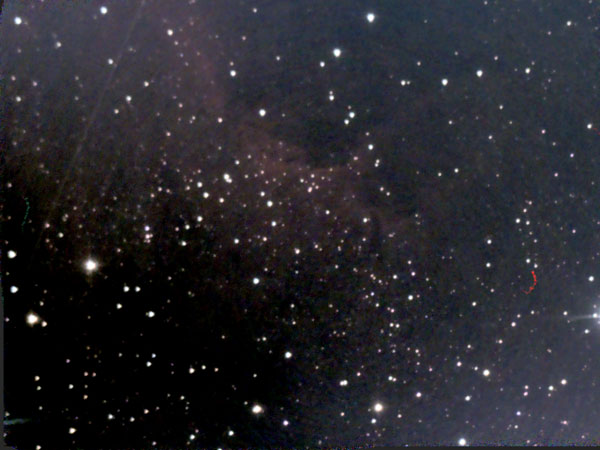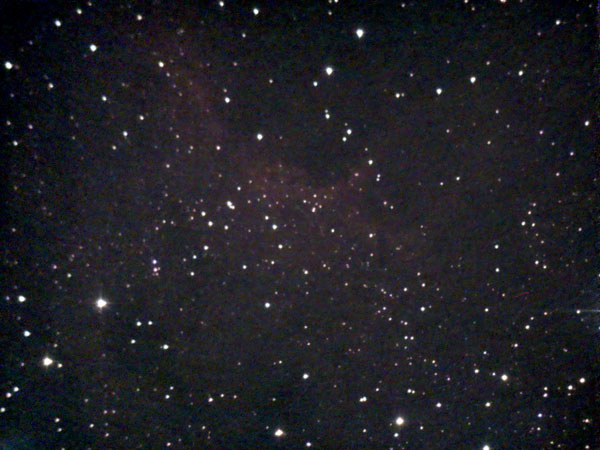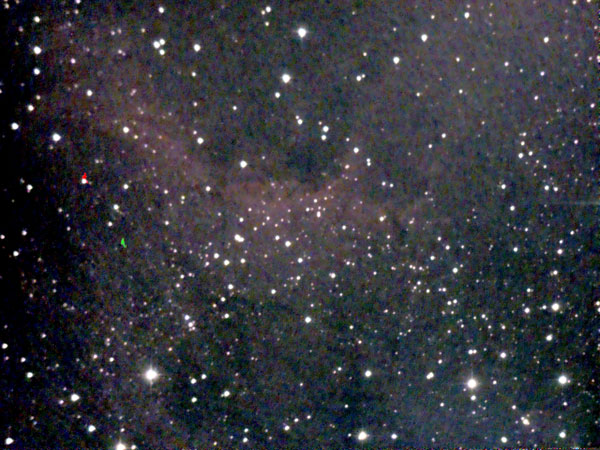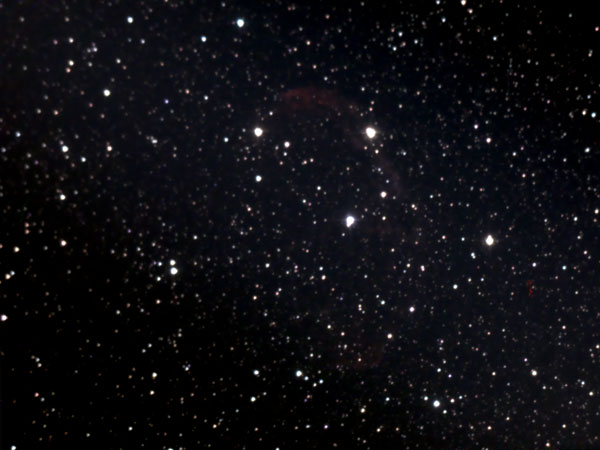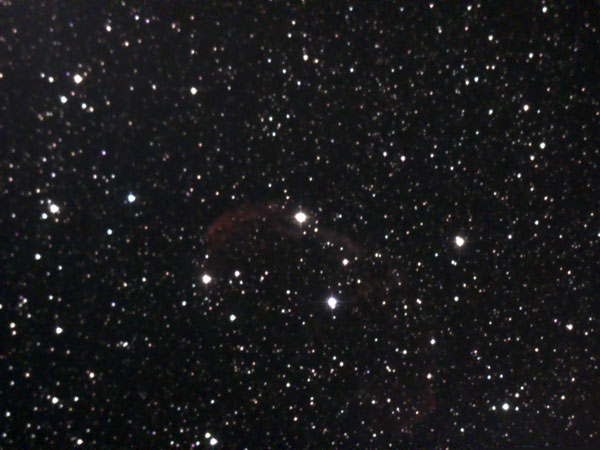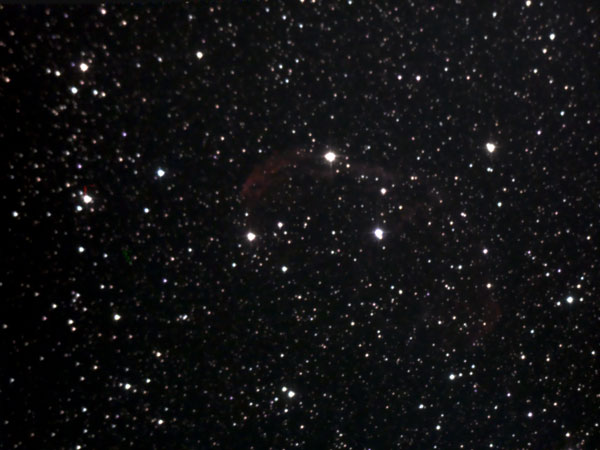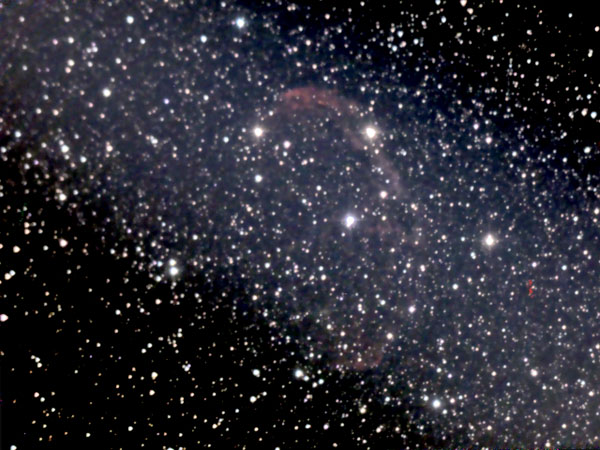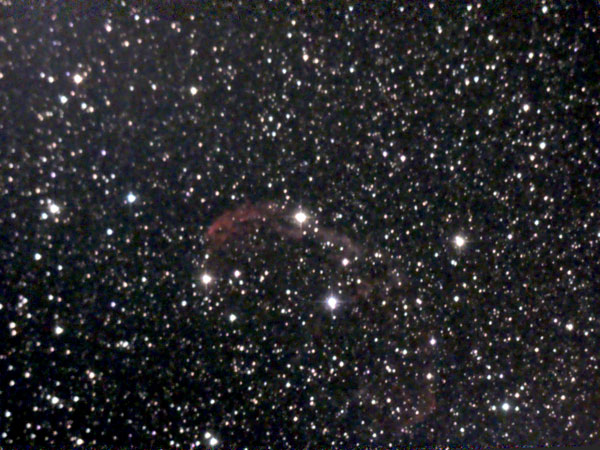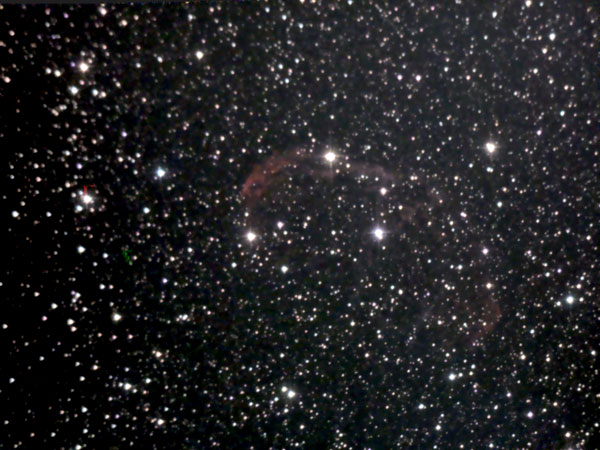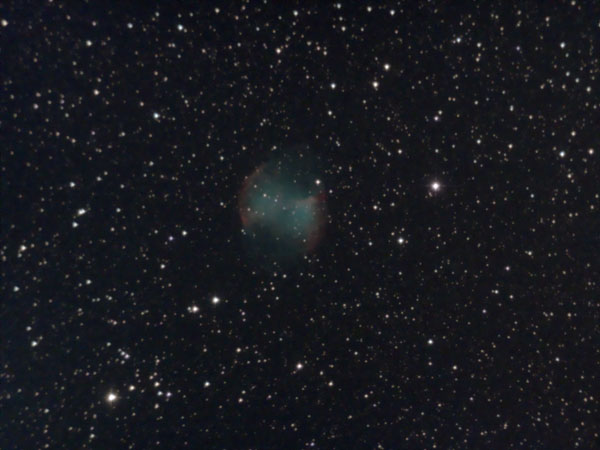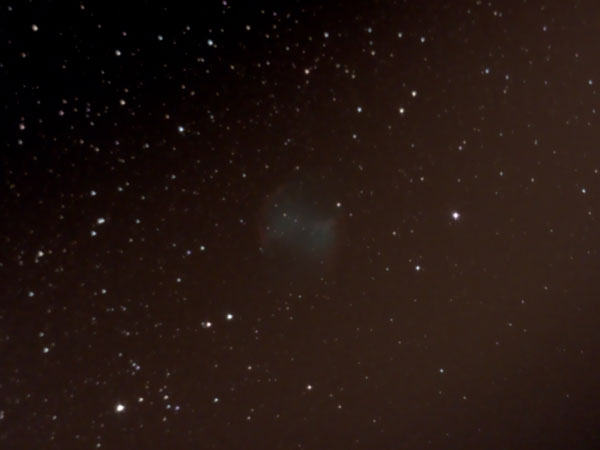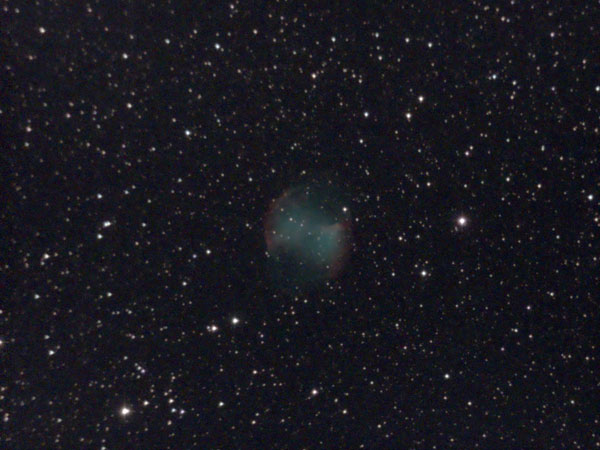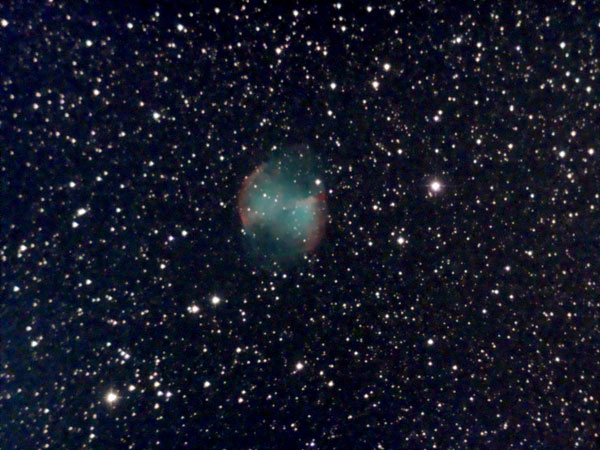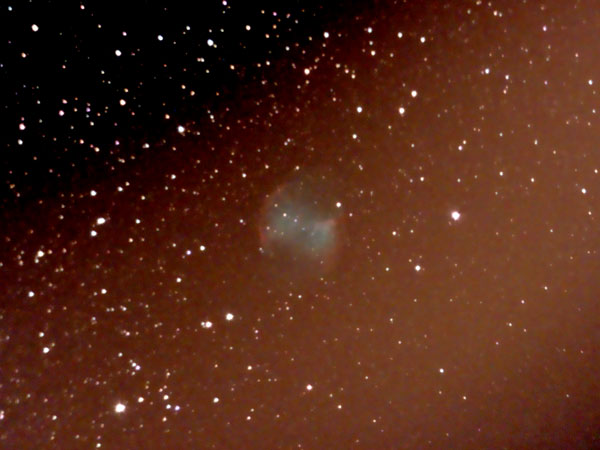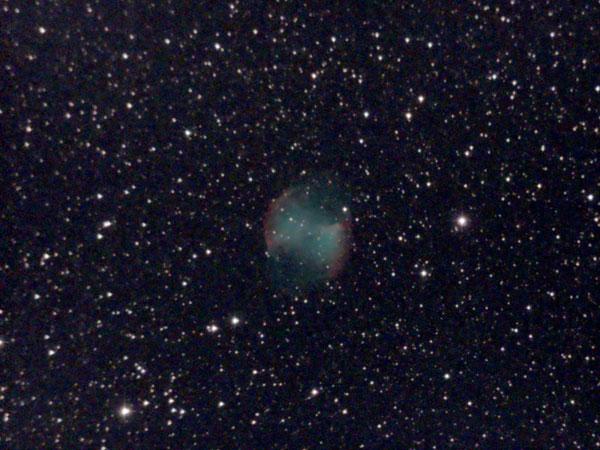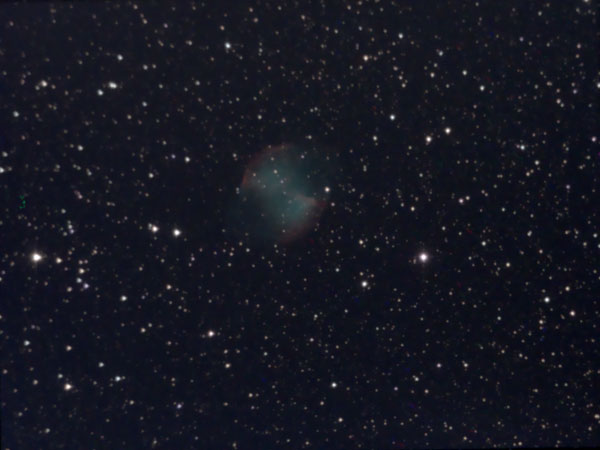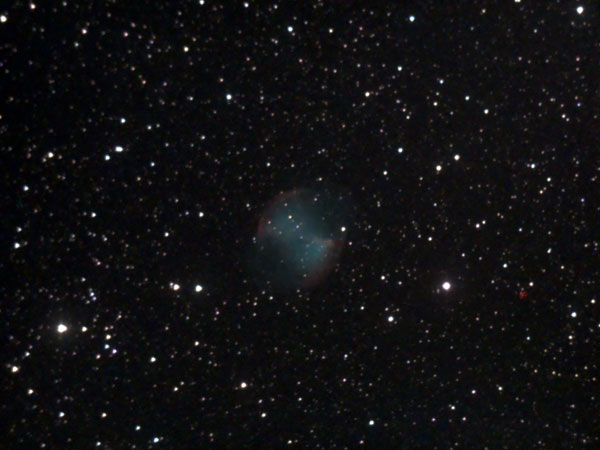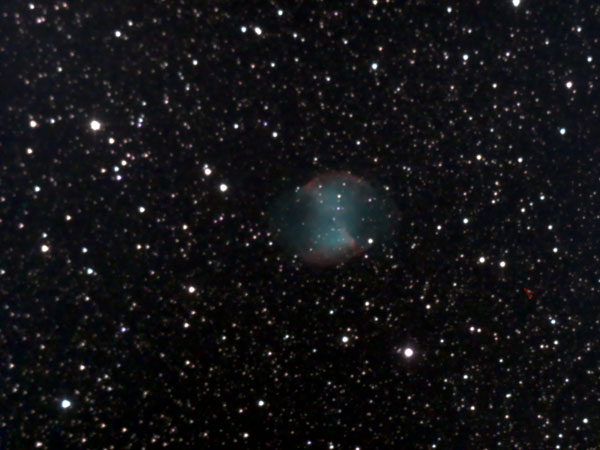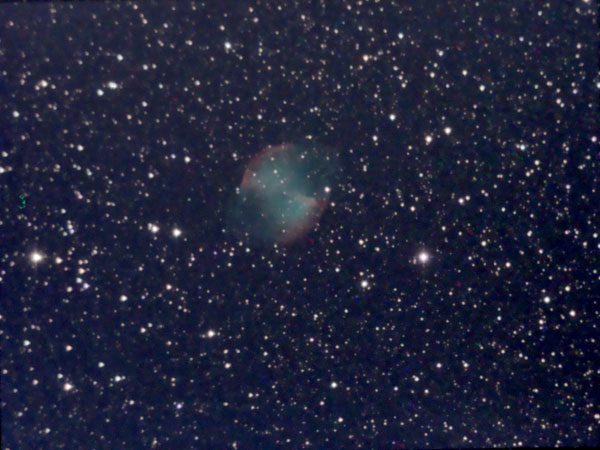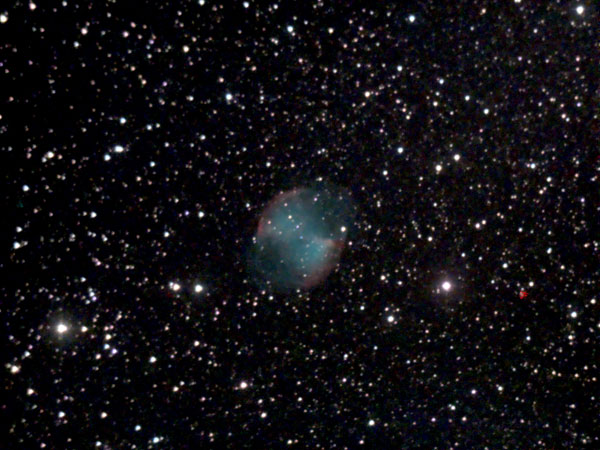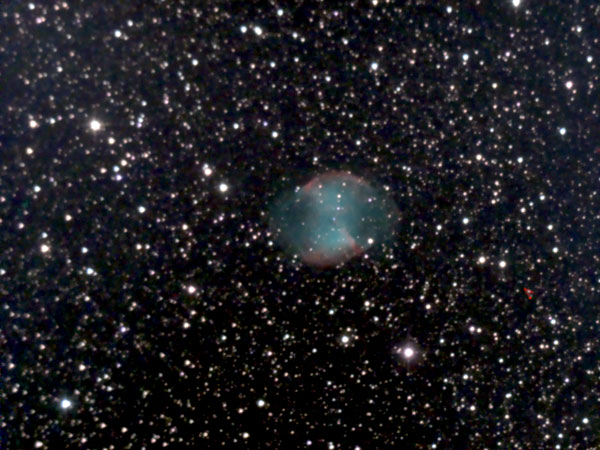Unistellar eVscope: Photo Comparison - Poorer versus Better...
Introduction | Poorer and Better Examples... | Links
Archive
On this page I would like to compare photographs of a number of sky objects that were taken under better and under poorer conditions, so that one can better assess the quality of the photographs just taken.
Note: See page Overview of the Unistellar Pages for just that!
Introduction
One of the arguments in favor of the eVscope is that it allows observations even under bad sky conditions. This is certainly the case. However, after some time of use you will find that the quality of the photos taken is subject to certain, or even considerable, fluctuations. And even Unistellar emphasizes that an observation around full moon is not recommended. In the end, it also plays a role whether you just want to observe or take photos as well. For pure observation, a lower quality is sufficient - if the object is visible at all under the given conditions. There are quite a number of objects with which my eVscope has its problems under my "home" sky...
In addition to the moon light, there are also obstacles such as trees, especially for objects near the horizon that may disturb the images. And since the sky objects move during an observation session, you may once be able to photograph an object without any obstructions, while it is partially or even completely covered at other times. You cannot see it that well in the dark... Clouds and fog are also disturbing factors that can make sky objects appear fainter or not at all, although it is amazing under which conditions the eVscope can still detect something. In the meantime I learned that when the photos have a brownish tint, clouds were present even though I may not have noticed them at all.
In the following, I will present comparative photos of a number of deep sky objects under different sky conditions, which might show other eVscope owners what to expect. I write "worse" and "better" in the headline, because I have at least taken "poor" photos of many objects, but I do not know what room for improvement is still in my photos. I therefore do not write "good" photos...
In many cases, however, the differences can only be recognized after the photos were re post-processed. Moreover, the results strongly depend on how a photo was exposed and how it was post-processed, which varies a lot when I post-process images. Often, however, poorly exposed photos leave little room for post-processing.
Perhaps, I should add that I have, of course, much poorer photos. Typically, these were taken with shorter exposure times. So even with the "poor" photos I have chosen the ones that I think are best from a series.
Talking about "room for improvement": Of course, the time you spend in "Enhanced Vision" mode, i.e. how long you are exposing, also plays an important role in the image quality. I deal with this topic in my Tips & Tricks under the topic "How Long Should One Wait in "Enhanced Vision" Mode before Taking a Photo?" There I also deal with the topic "Full moon" under "Should I Refrain from Observing During a Full Moon?" But in the meantime I have learned that even a bright half moon can deteriorate the result considerably...
Poorer and Better Examples...
Open Star Clusters
When I only observed visually, the focus of my objects was on the open star clusters, because these are the easiest to observe, while I could only recognize the fewest nebulae and galaxies in the telescope. In the eVscope, open star clusters are also unproblematic objects, and at first I thought that the quality of the sky does not play a major role in their observations. Maybe that is the case, but there are objects, for example in the Milky Way region, where you can see significant differences.
M 11 (Wild Duck Cluster; Scutum)
Here one can see on the one hand, how disturbances affect the photo, and on the other hand, how a dark sky "brings up" further stars.
M 26 (Scutum)
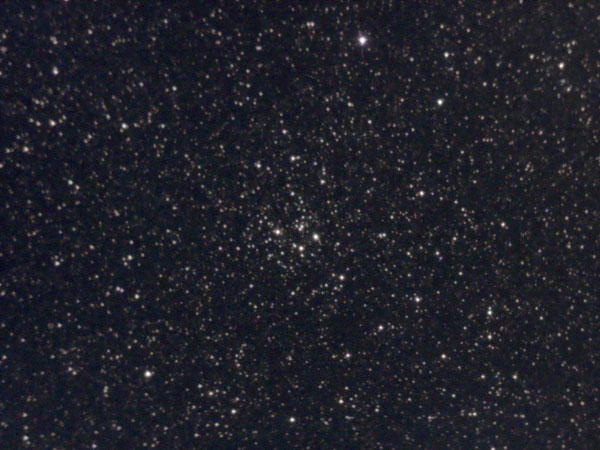 |
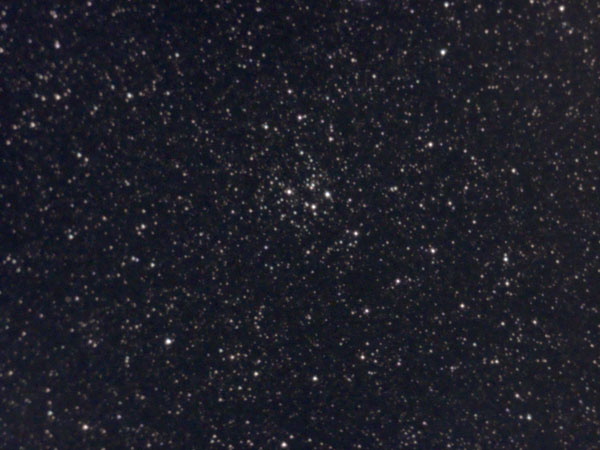 |
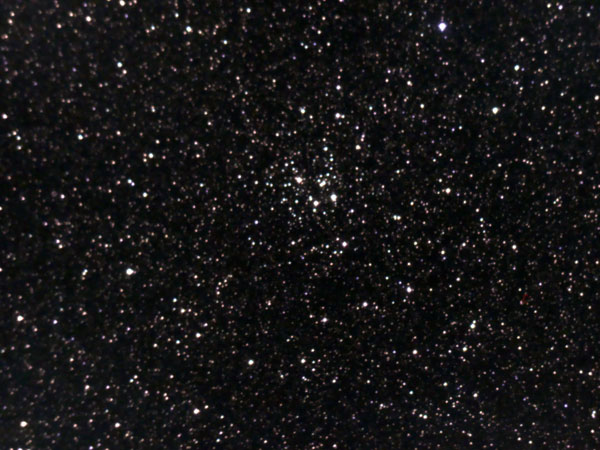 |
||
M 26 - May 29, 2020 |
M 26 - Jun 11, 2020 |
M 26 - Aug 23, 2020 |
||
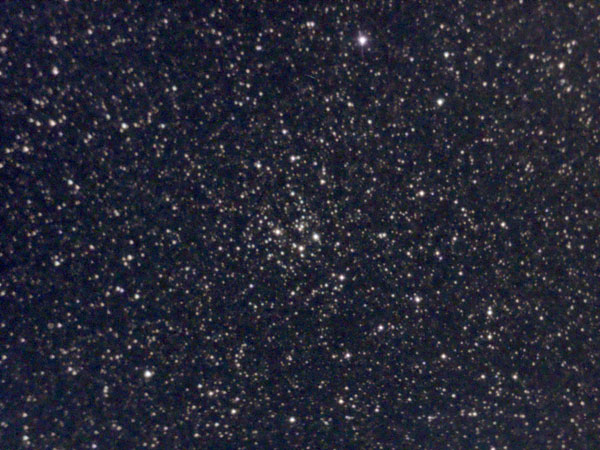 |
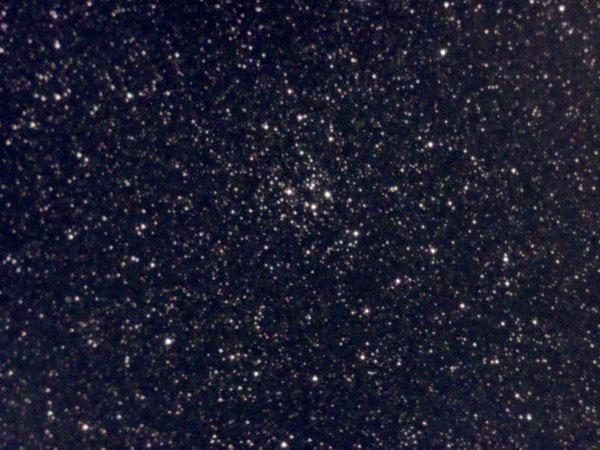 |
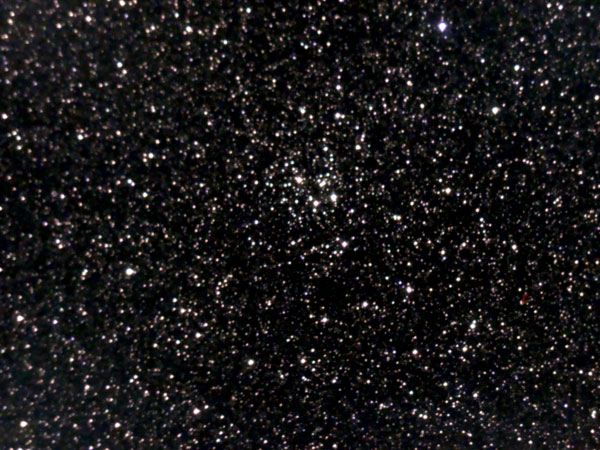 |
||
M 26 - May 29, 2020, photo on top processed |
M 26 - Jun 11, 2020, photo on top processed |
M 26 - Aug 23, 2020, photo on top processed |
Here you can see how a dark sky can significantly increase the contrast.
Globular Star Clusters
Globular clusters benefit from a dark sky in particular by increasing in size and detail.
M 13 (Hercules)
Here I show a bit too many variations, but you can see well how the size changes under different sky conditions.
M 92 (Hercules)
Here too, you can see how the size changes under different sky conditions.
Galaxies
Apart from a few exceptions, galaxies are typicall faint and thus, susceptible to disturbances or light pollution.
M 31 (Andromeda-Galaxy; Andromeda)
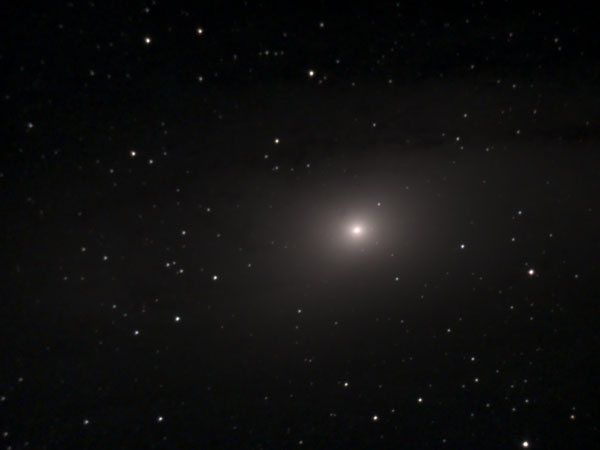 |
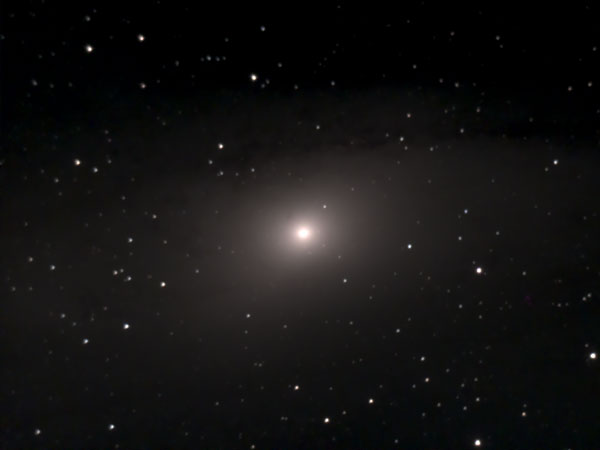 |
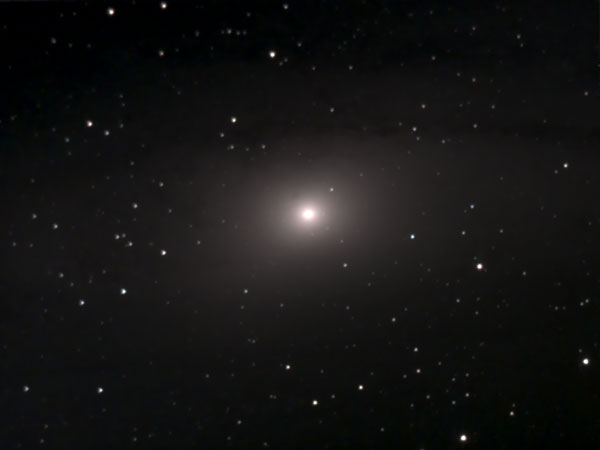 |
||
M 31 - Aug 24, 2020 |
M 31 - Sep 14, 2020 |
M 31 - Sep 18, 2020 |
||
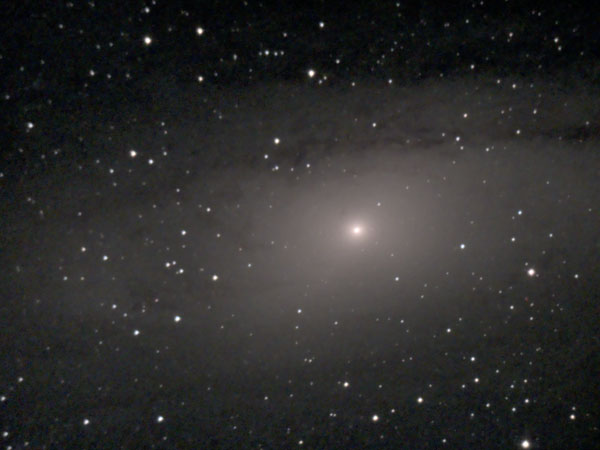 |
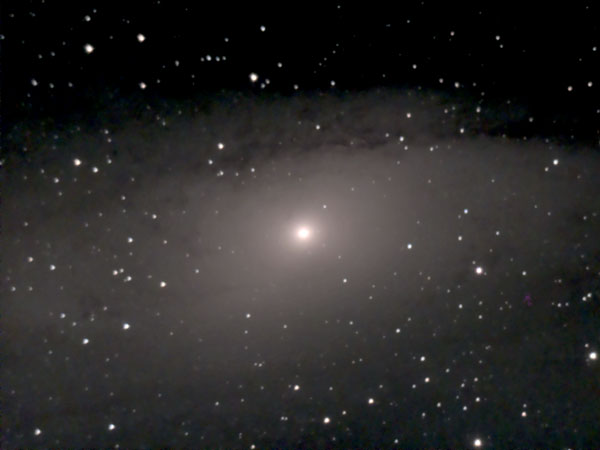 |
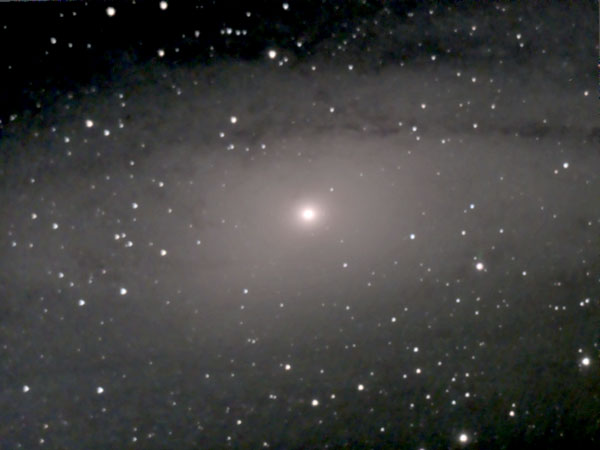 |
||
M 31 - Aug 24, 2020, processed |
M 31 - Sep 14, 2020, processed |
M 31 - Sep 18, 2020, processed |
Depending on the sky quality, M 31 appears in different sizes.
M 101 (Pinwheel Galaxy; Ursa Major)
Depending on the sky quality, M 101 comes out very differently, often with too bright and bluish sky, because M 101 is quite faint.
M 65/66 (Leo)
When the sky is too bright, the photos often turn out to have a brownish tint, particulary after post-processing.
Galactic Nebulae
Galactic nebulae can vary a lot in their appearance, which can make them very susceptible to disturbances and light pollution. Many are also too faint and/or too large for the eVscope.
M 8 (Lagoon Nebula; Sagittarius)
When the nebula M 8 is disturbed, this has a great effect on its appearance.
M 17 (Omega/Swan Nebula; Sagittarius)
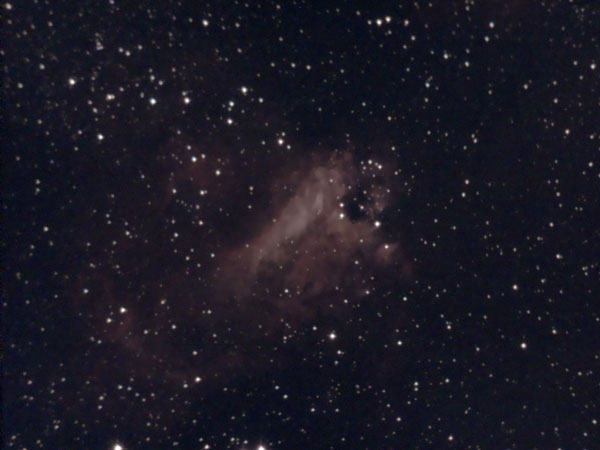 |
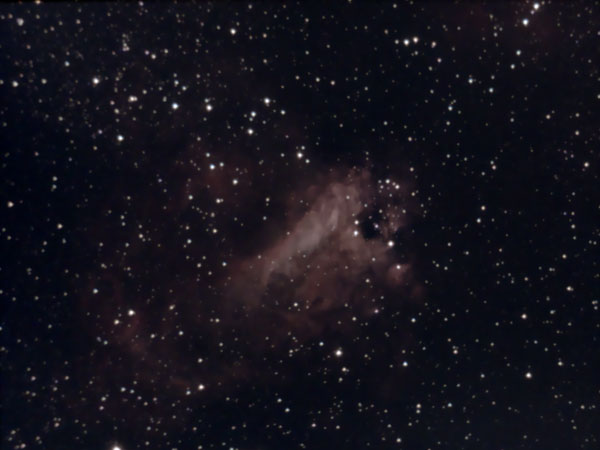 |
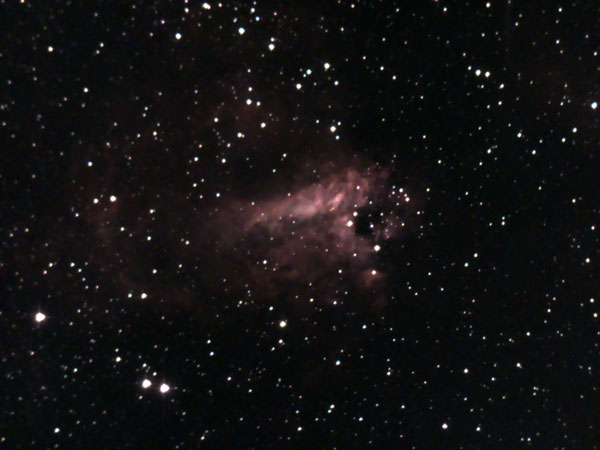 |
||
M 17 - May 29, 2020 |
M 17 - Jun 11, 2020 |
M 17 - Aug 23, 2020 |
||
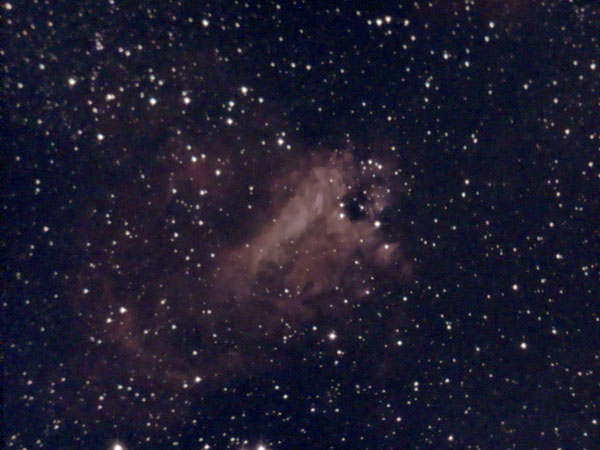 |
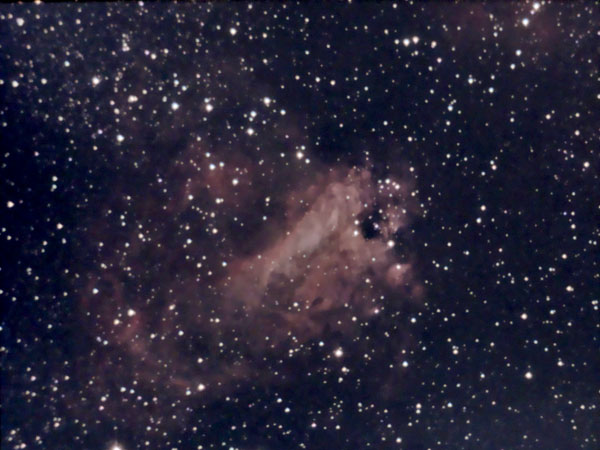 |
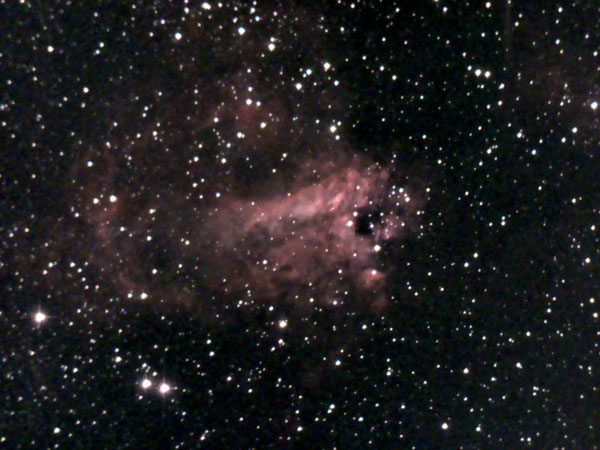 |
||
M 17 - May 29, 2020, photo on top processed |
M 17 - Jun 11, 2020, photo on top processed |
M 17 - Aug 23, 2020, photo on top processed |
With the nebula M 17 it is not clear from the original image how the final result will look like...
M 20 (Trifid Nebula; Saguttarius)
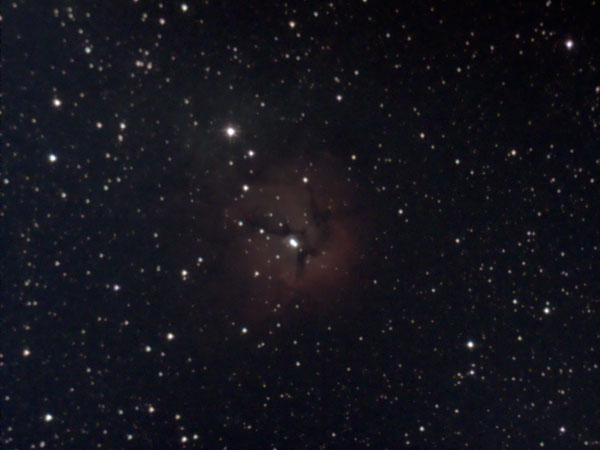 |
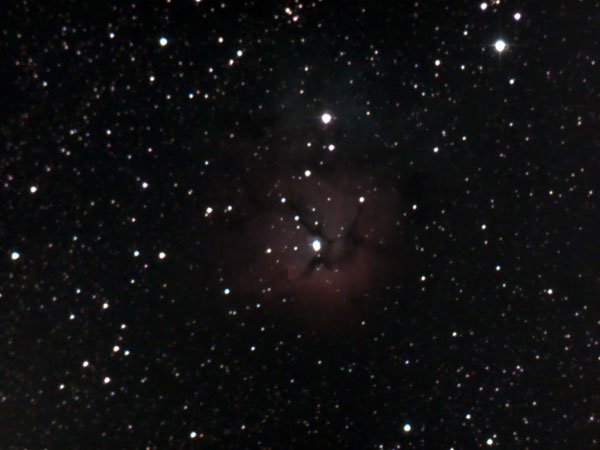 |
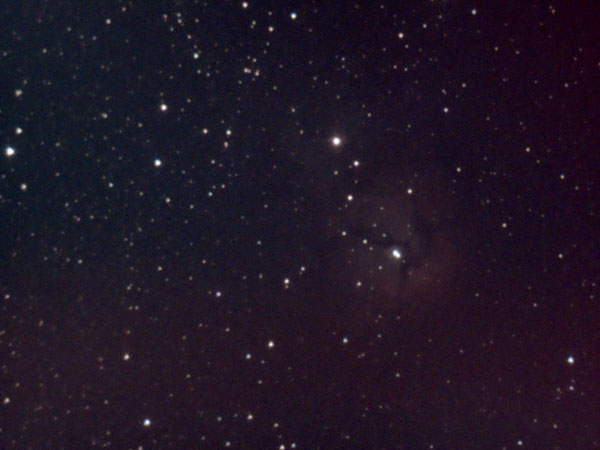 |
||
M 20 - May 29, 2020 |
M 20 - Aug 23, 2020 |
M 20 - Jun 1, 2020, disturbed |
||
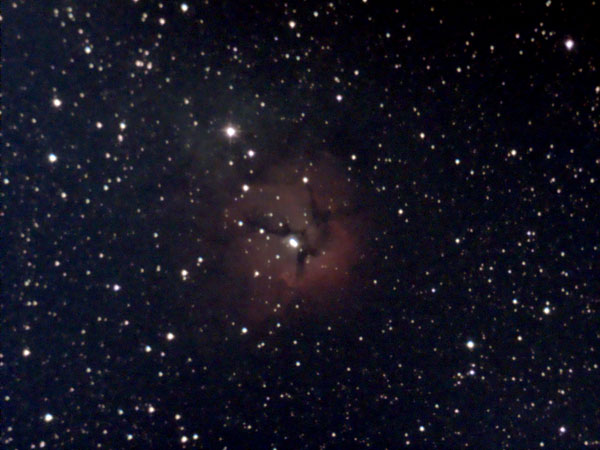 |
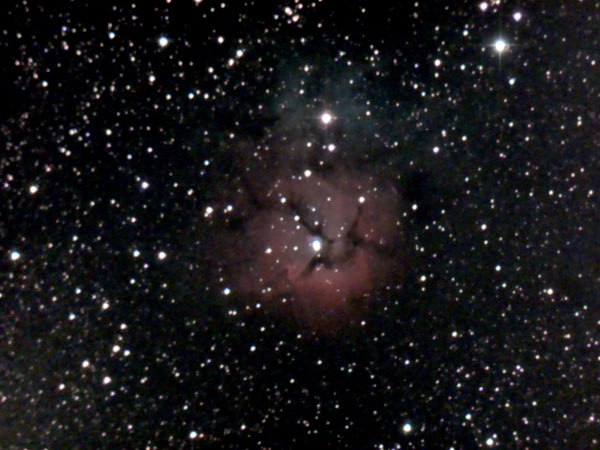 |
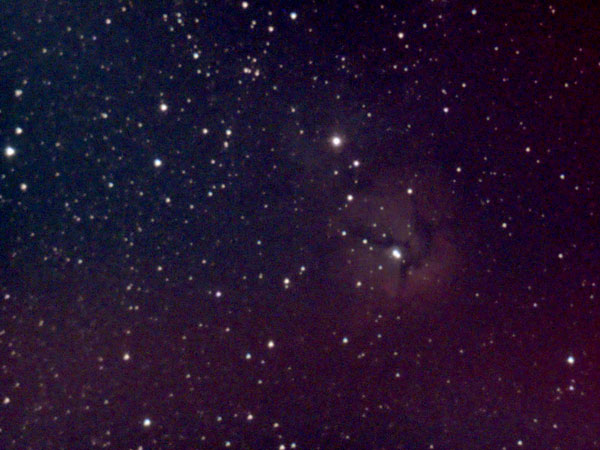 |
||
M 18 - May 29, 2020, photo above processed |
M 20 - Aug 23, 2020, photo above processed |
M 20 - Jun 1, 2020, photo above processed |
Very different photos of the nebula M 20
IC 5070 (Pelican Nebula; Cygnus)
IC 5070 is already somewhat challenging for the eVscope, and the result may be over-processed...
NGC 6888 (Crescent Nebula; Cygnus)
NGC 6888 is also a challenge for the eVscope, which can lead to very different results, also thanks to the post-processing.
Planetary Nebulae
Many planetary ones are only visible as often bright, small dots in the eVscope. The following examples are larger, fainter, and can appear quite different depending on the sky conditions.
M 27 (Dumbbell Nebula; Vulpecula)
M 27 can rarely be seen well without post-processing.
M 57 (Ring Nebula; Lyra)
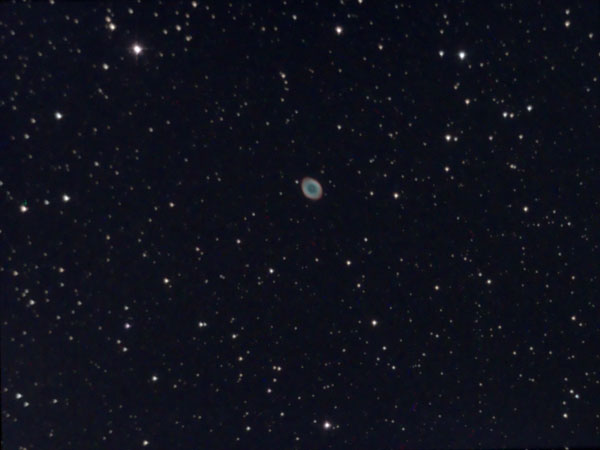 |
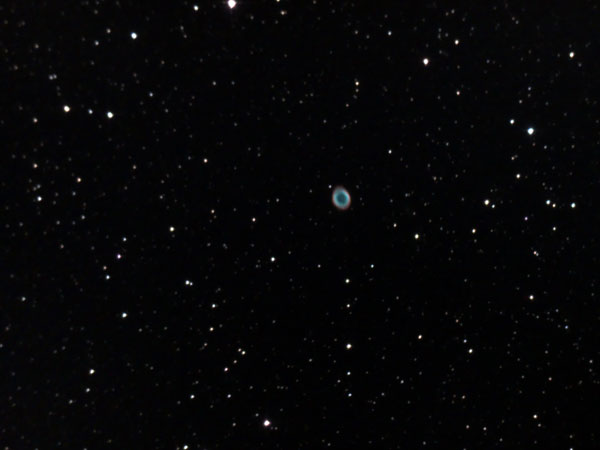 |
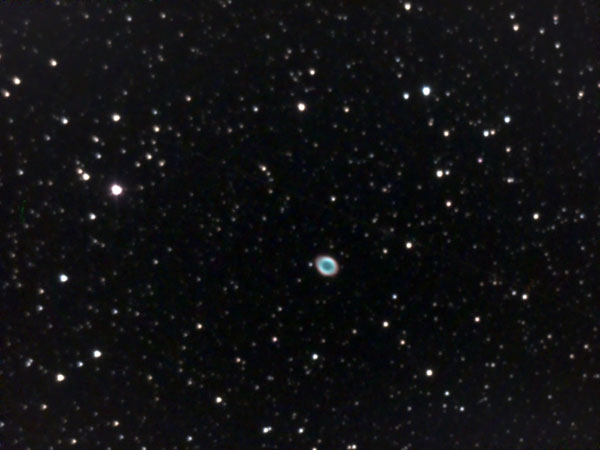 |
||
M 57 - Aug 9, 2020 |
M 57 - Aug 24, 2020 |
M 57 - Aug 25, 2020 |
||
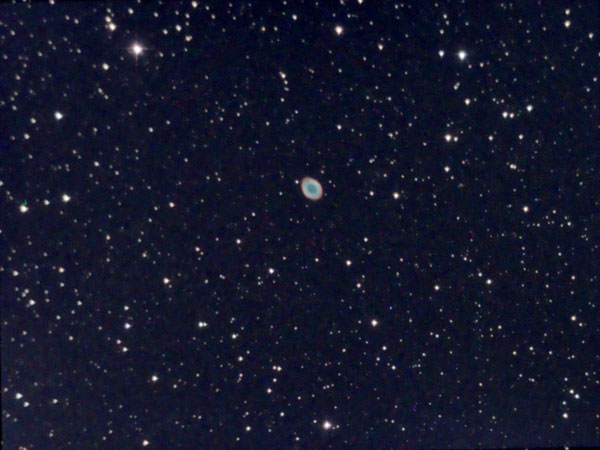 |
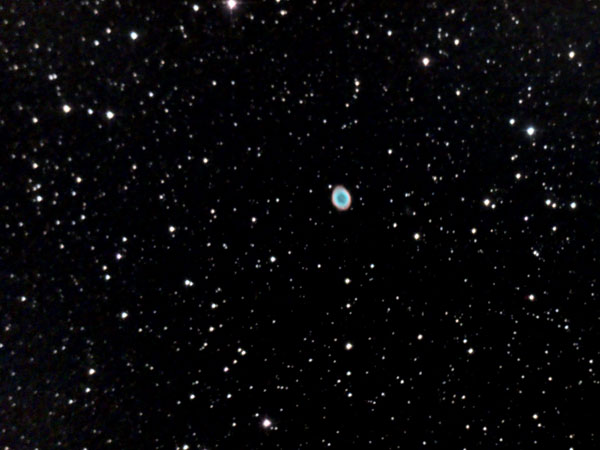 |
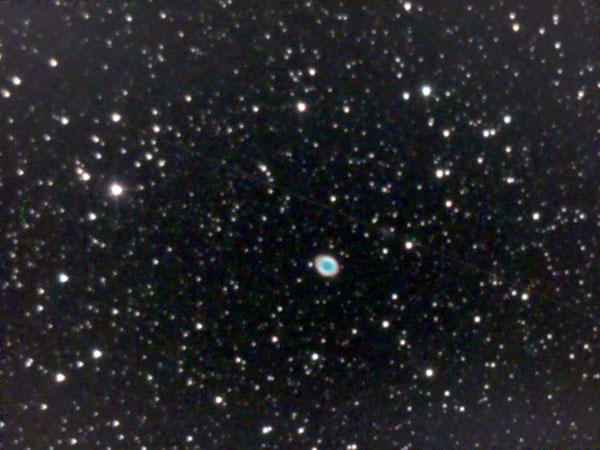 |
||
M 57 - Aug 9, 2020, photo on top processed |
M 57 - Aug 24, 2020, photo on top processed |
M 57 - Aug 25, 2020, photo on top processed |
Different sky conditions provide different bright sky backgrounds, especially after post-processing.
M 97 (Owl Nebula; Ursa Major)
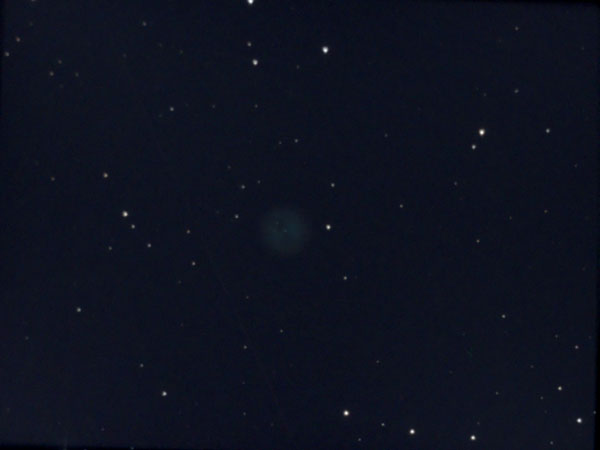 |
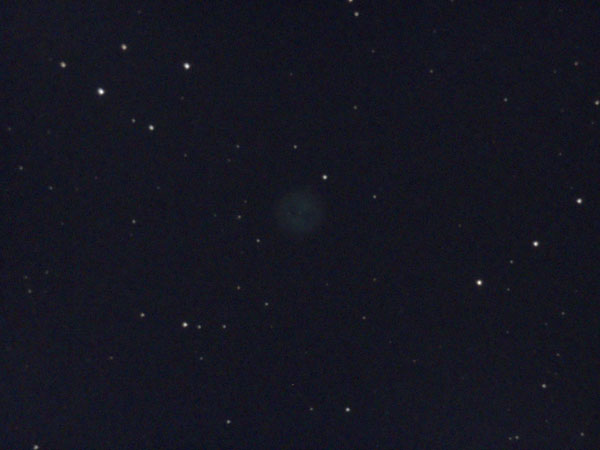 |
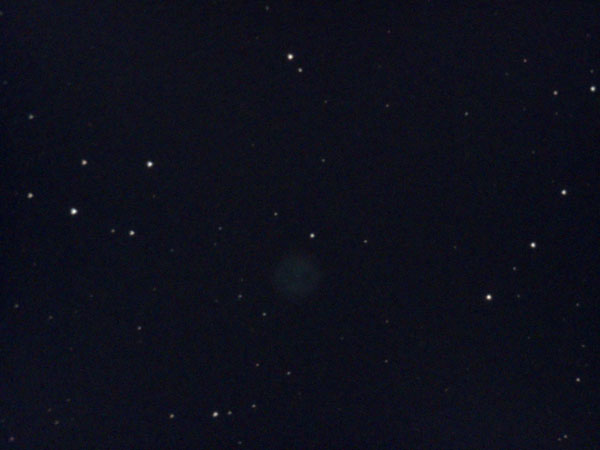 |
||
M 97 - May 5, 2020 |
M 97 - Jun 12, 2020 |
M 97 - Jul 18, 2020 |
||
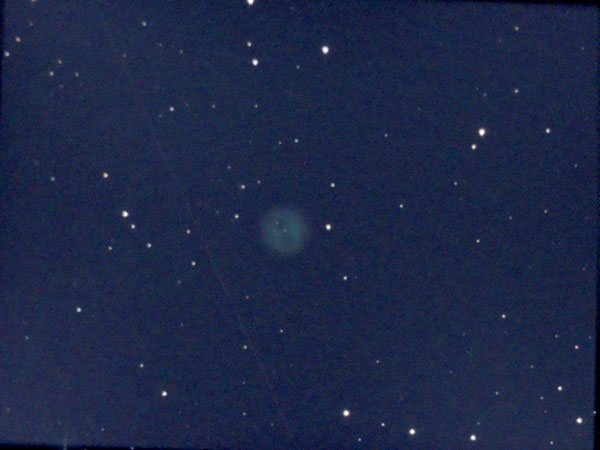 |
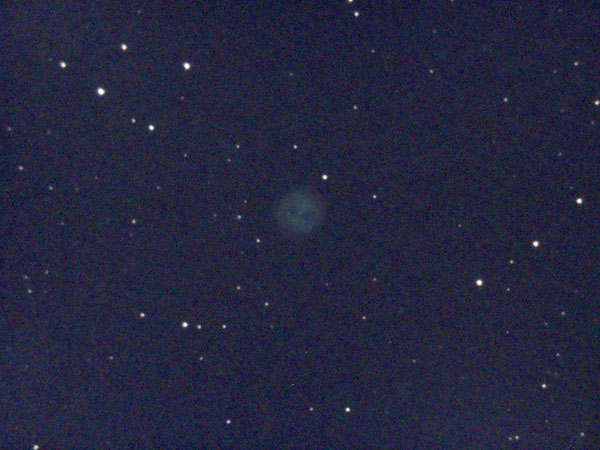 |
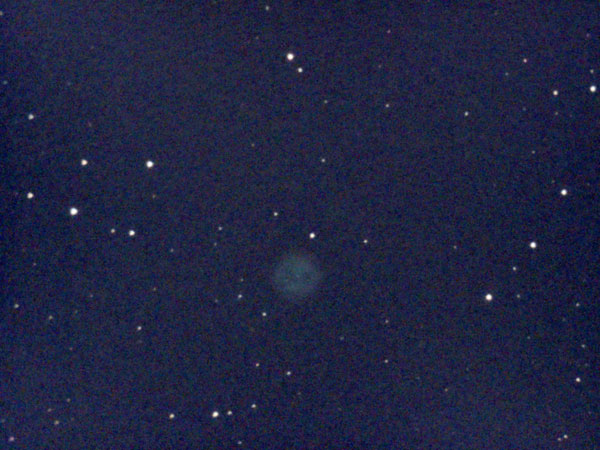 |
||
M 97 - May 5, 2020, photo on top processed |
M 97 - Jun 12, 2020, photo on top processed |
M 97 - Jul 18, 2020, photo on top processed |
A very faint object, which has to be "revealed" by the post-processing. Different sky conditions lead to different bright sky backgrounds and noise after post-processing.
Links
- Unistellar Website: unistellaroptics.com
- Unistellar Help Center: unistellaroptics.zendesk.com/hc/en-us
- eVscope Kickstarter campaign: www.kickstarter.com/projects/unistellar/evscope-100-times-more-powerful-than-a-classical-t/
- See also my page offering Astronomy Links.
| 27.08.2023 |
